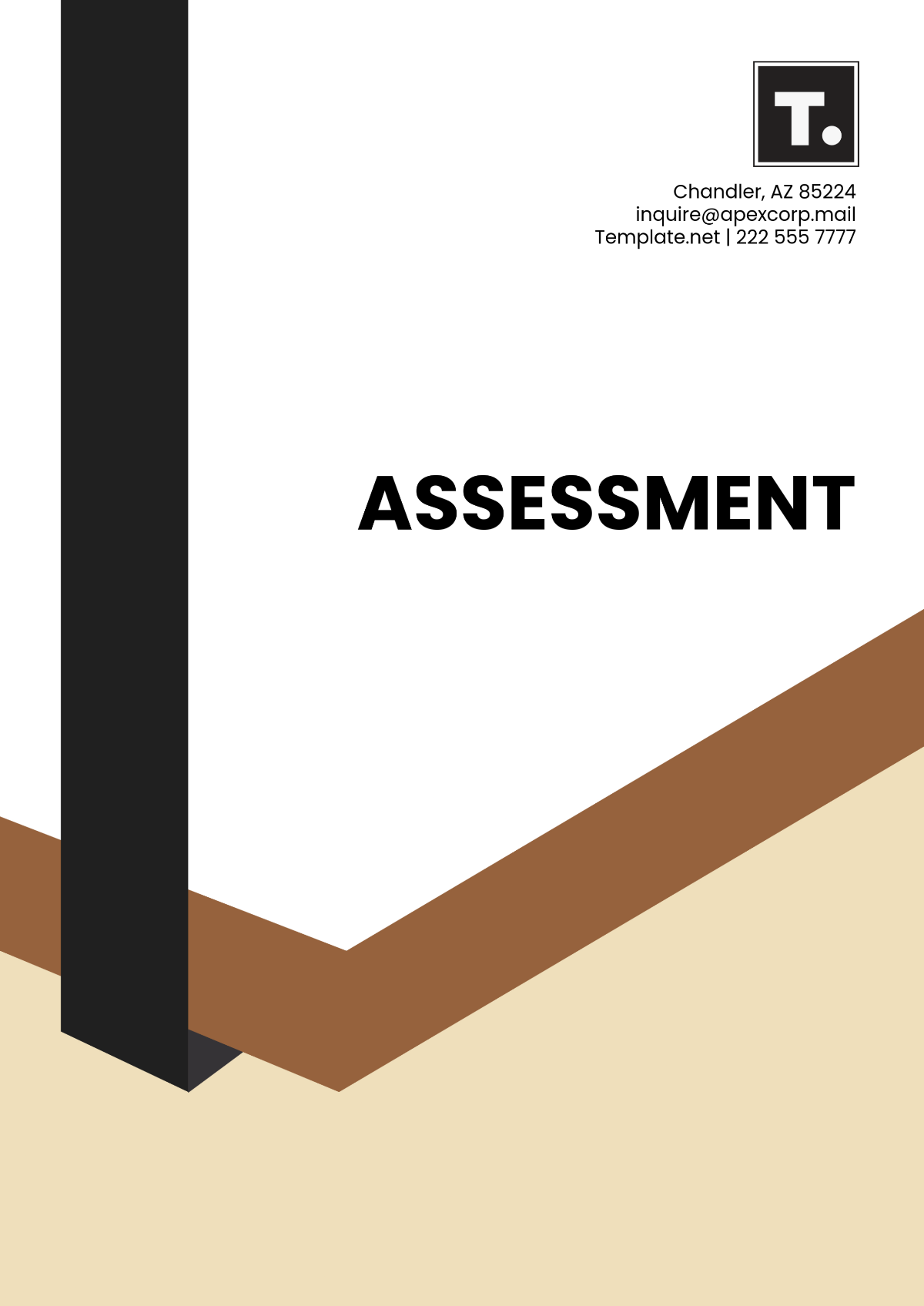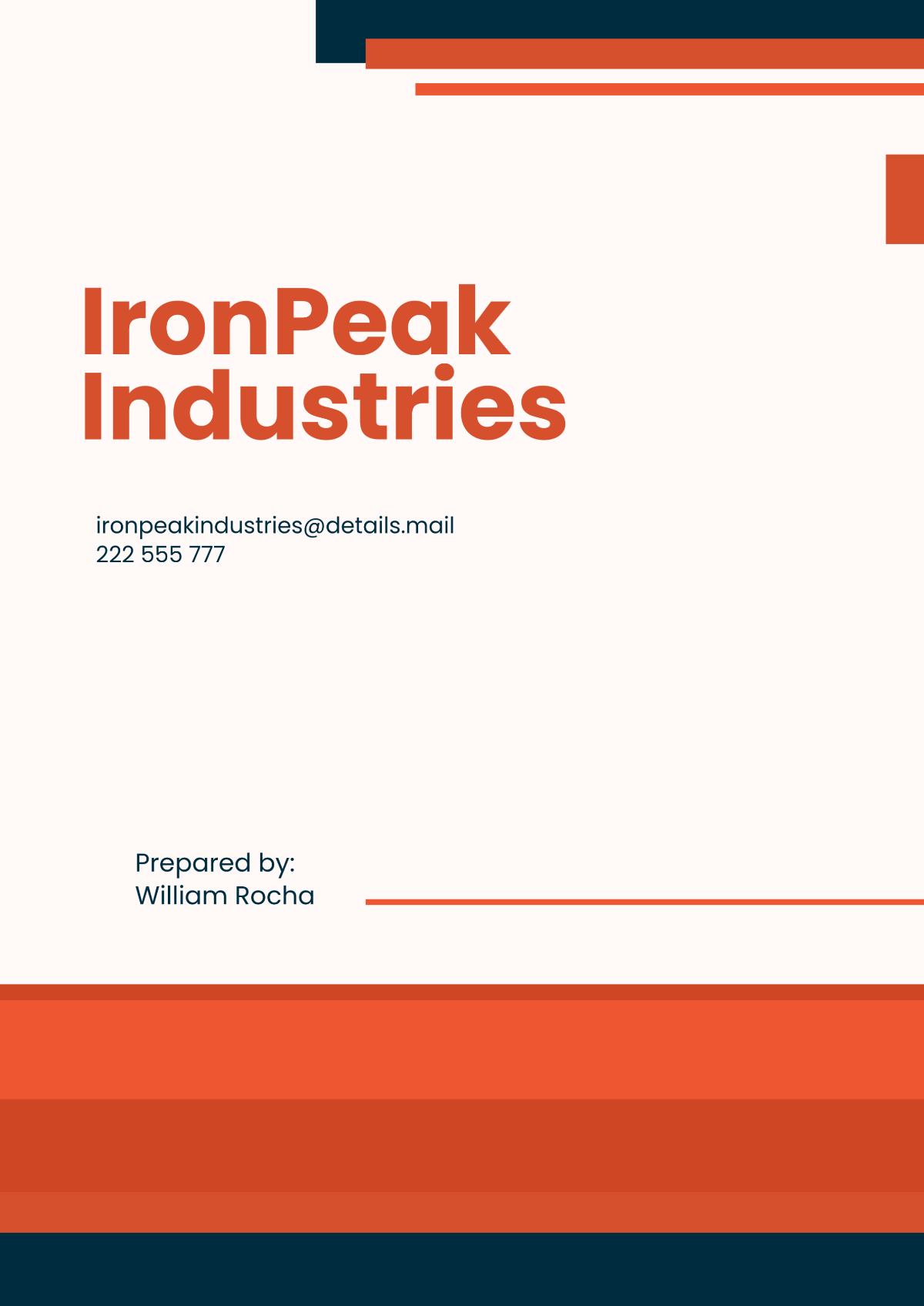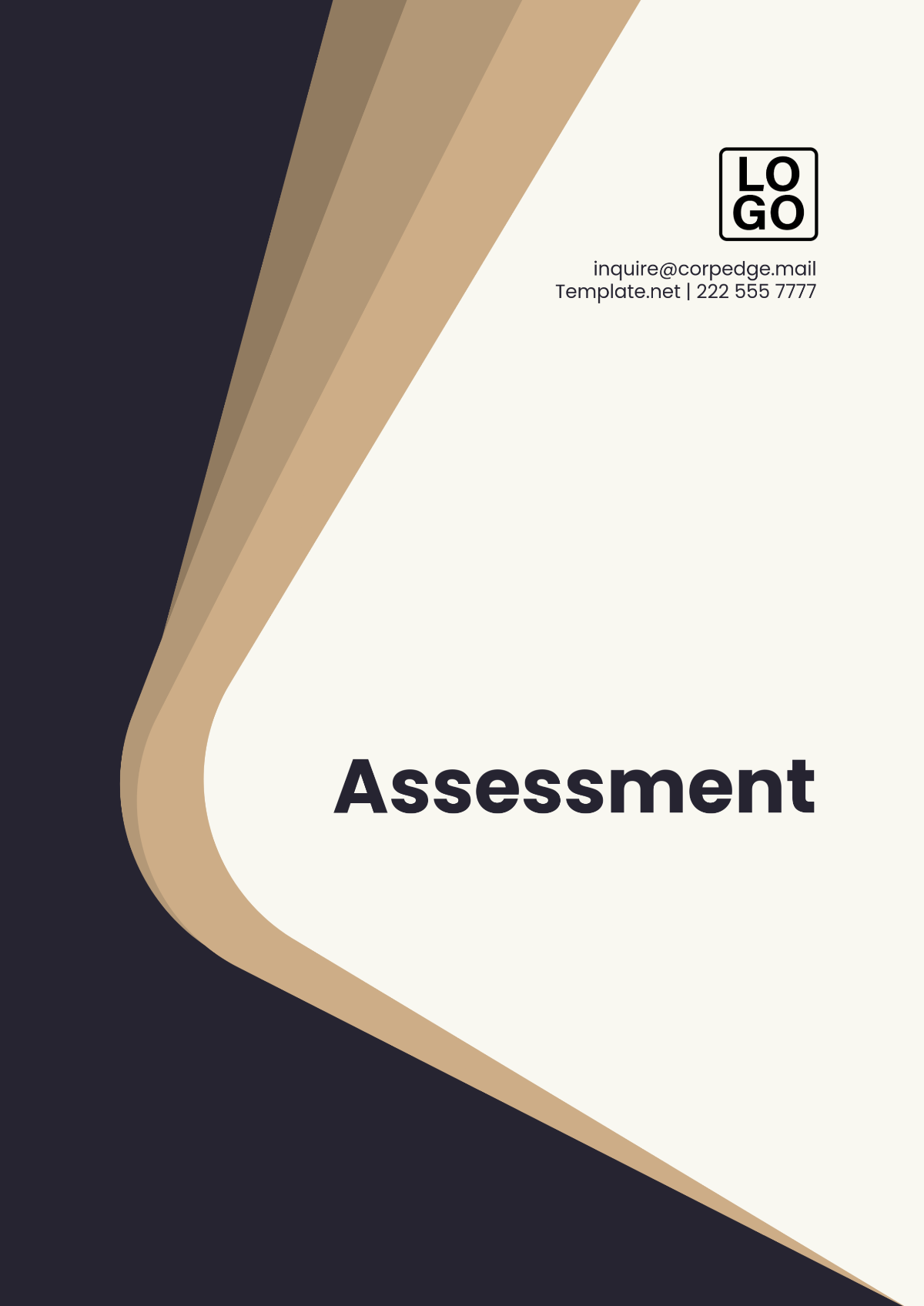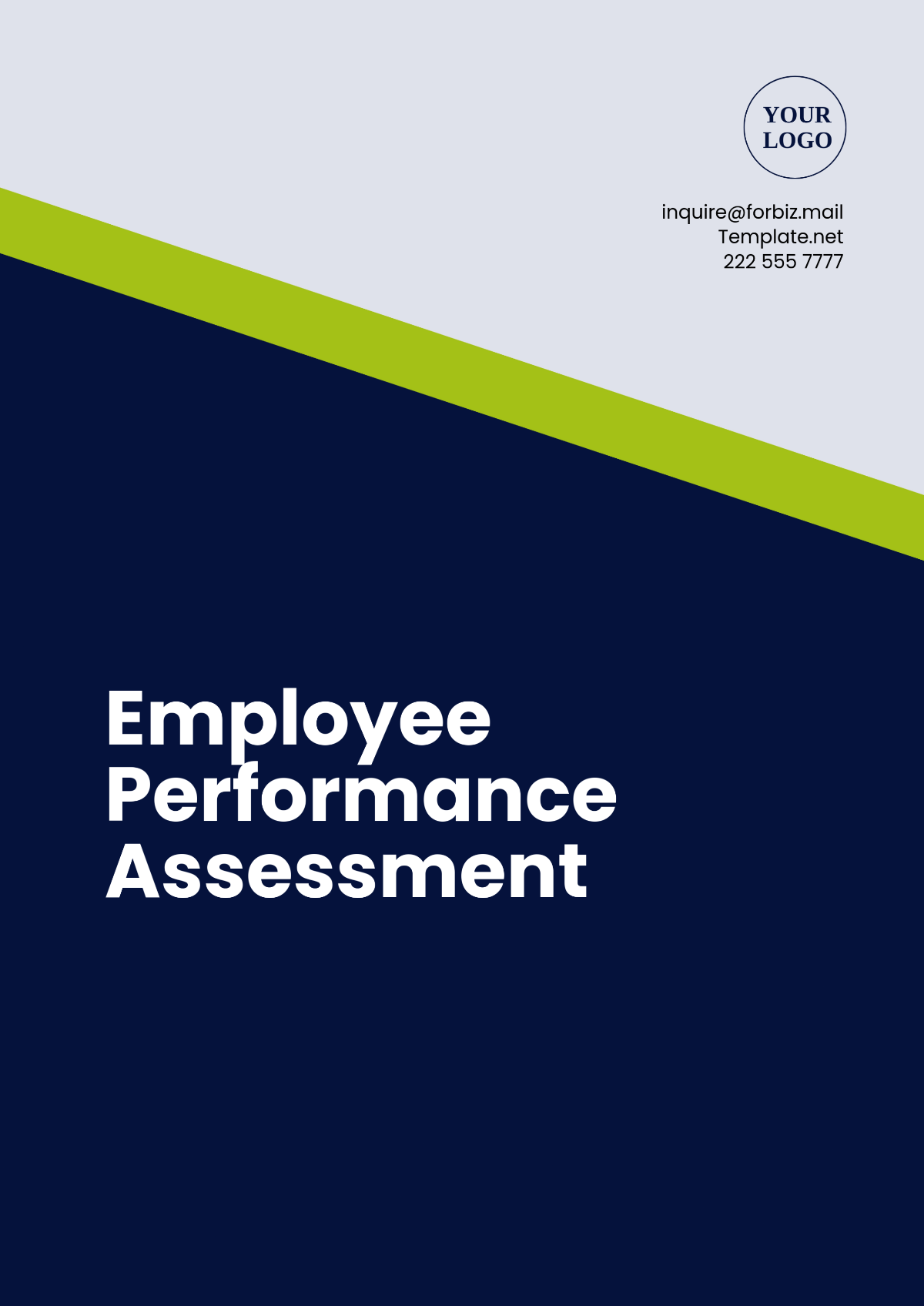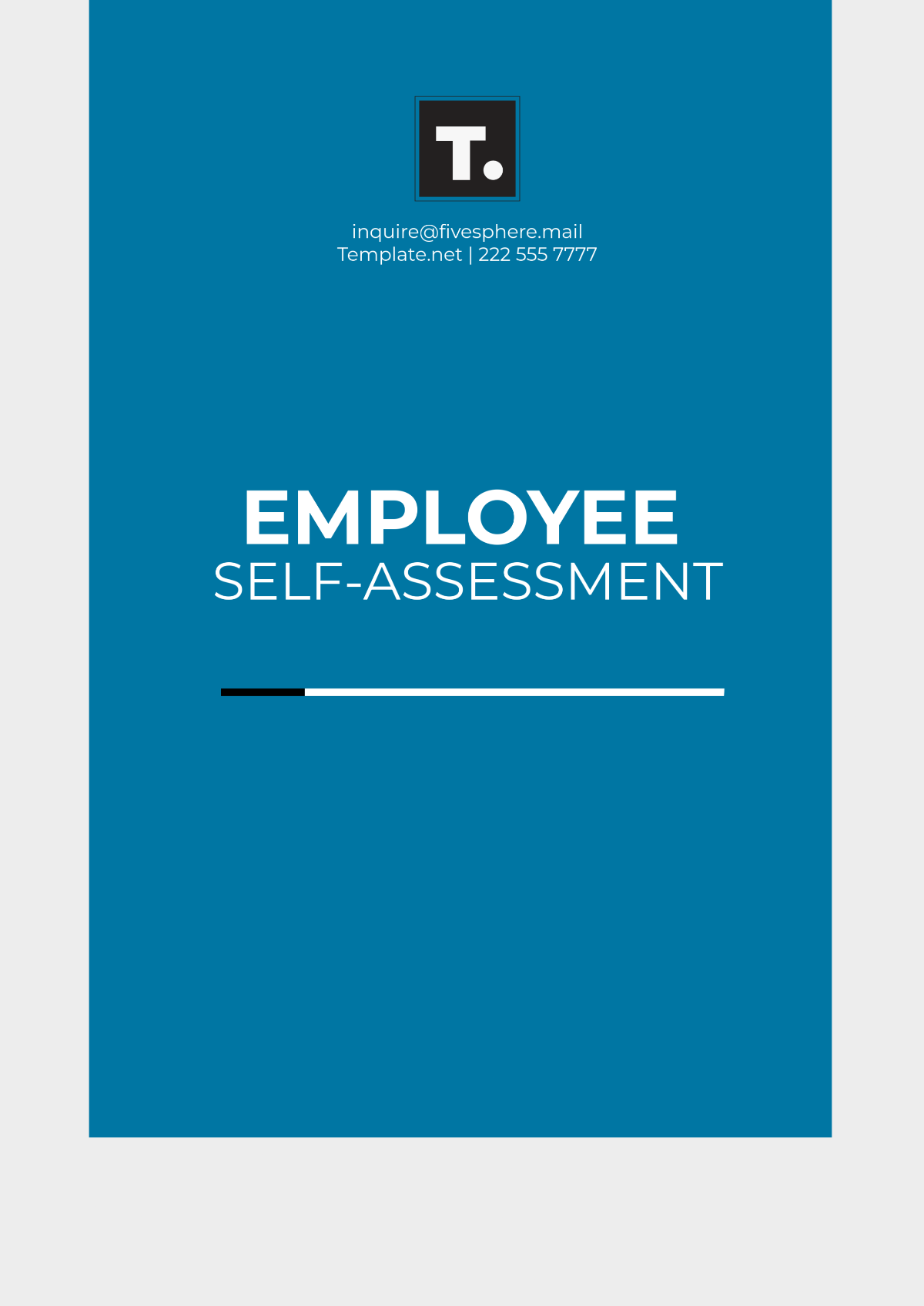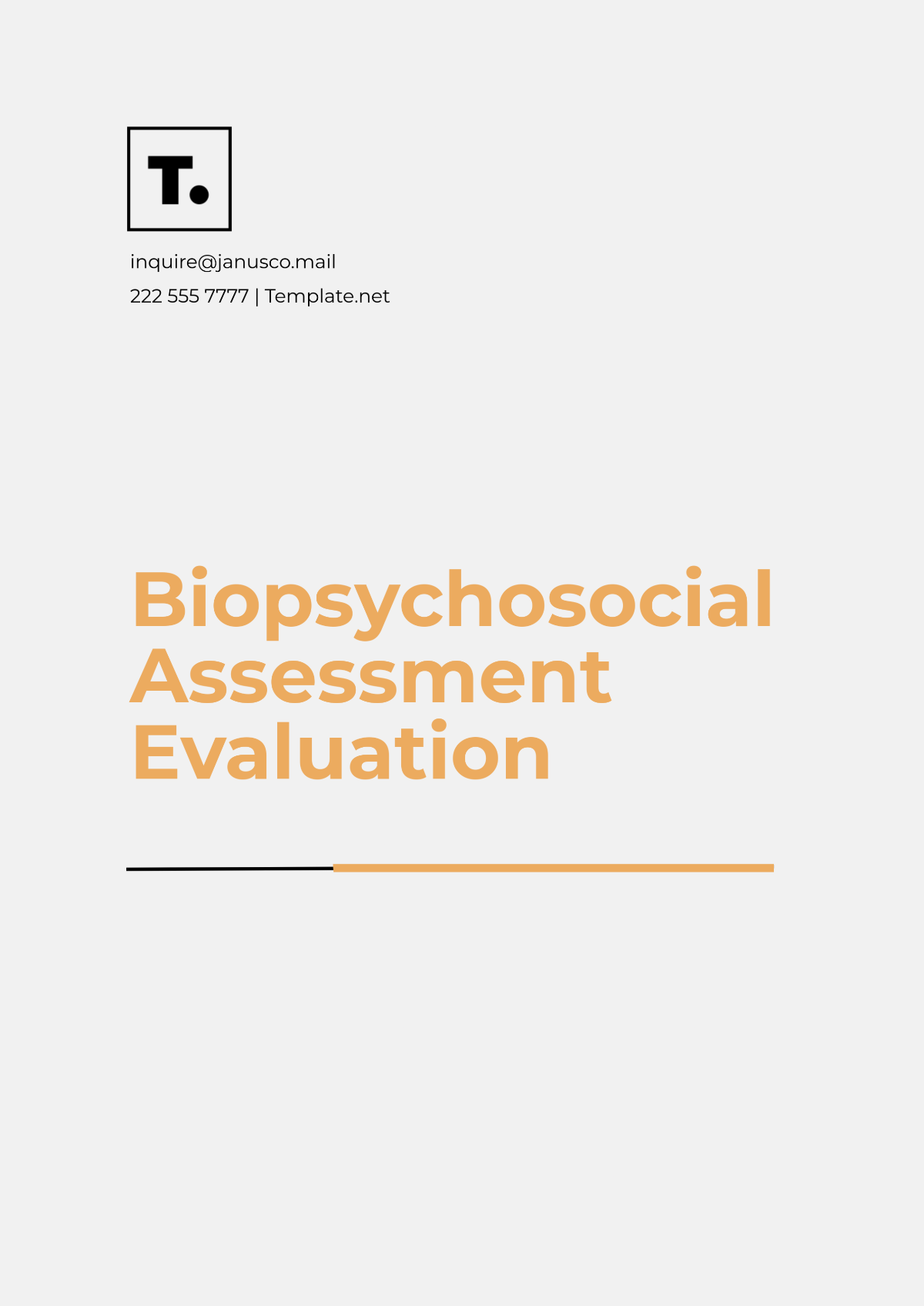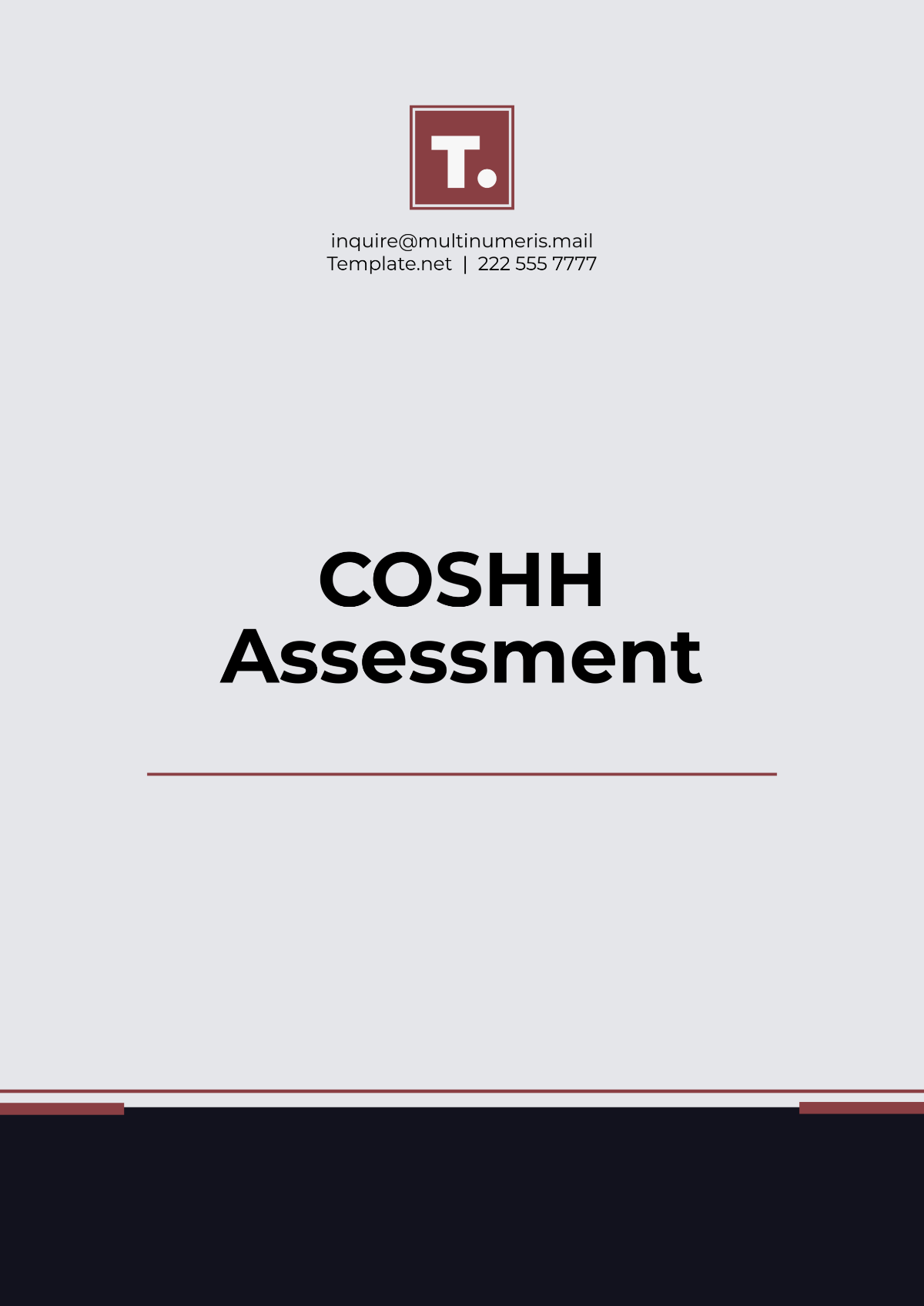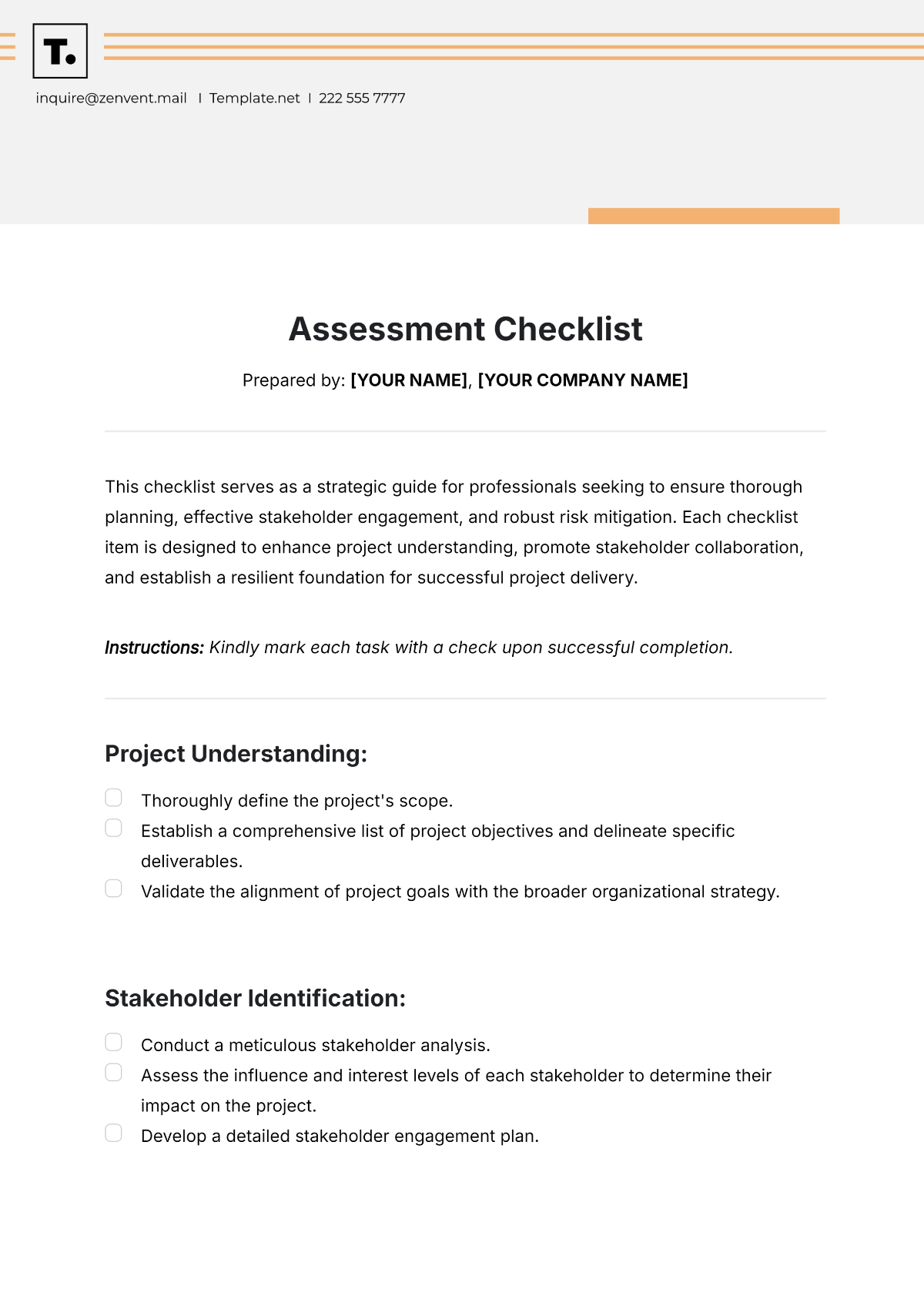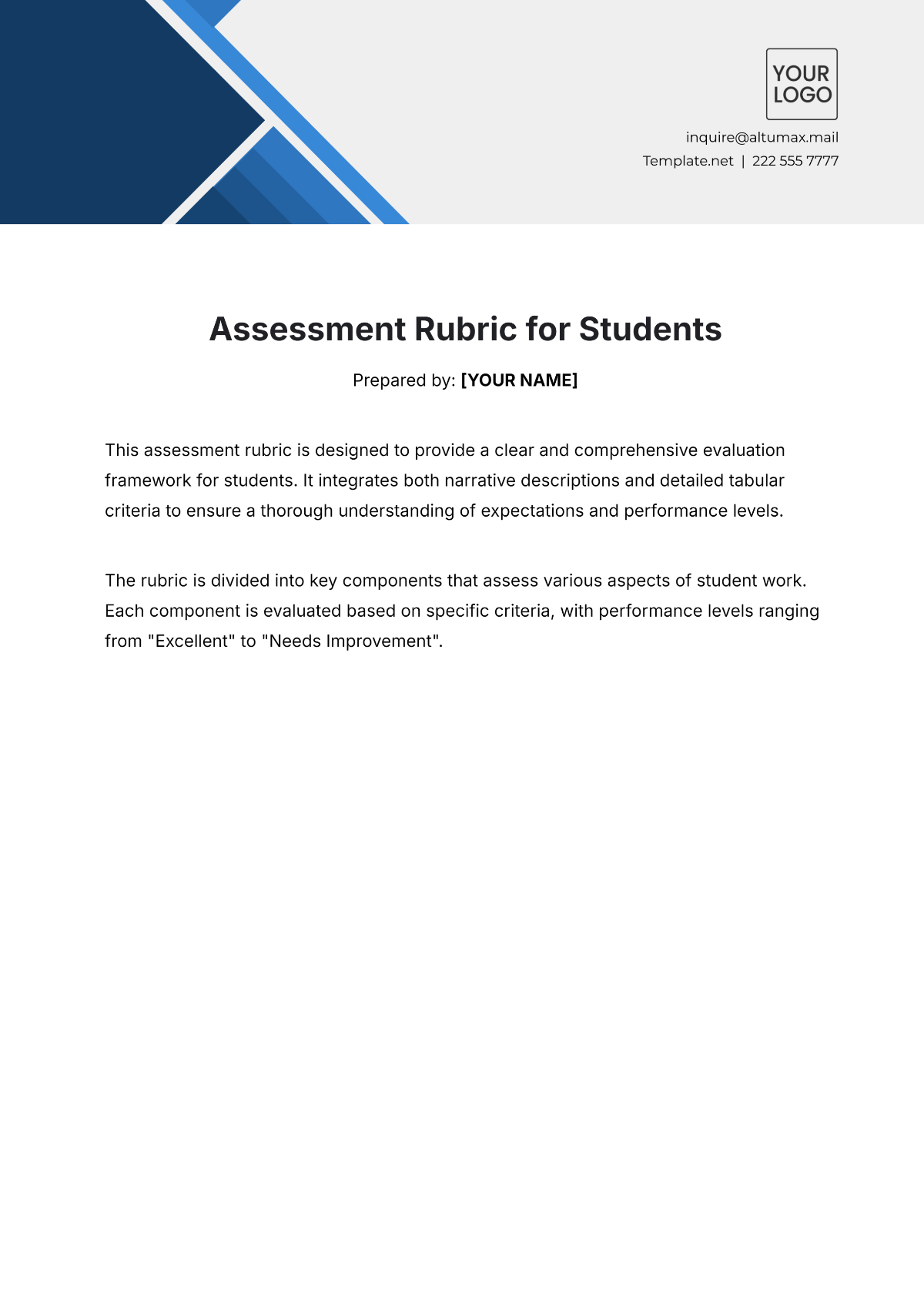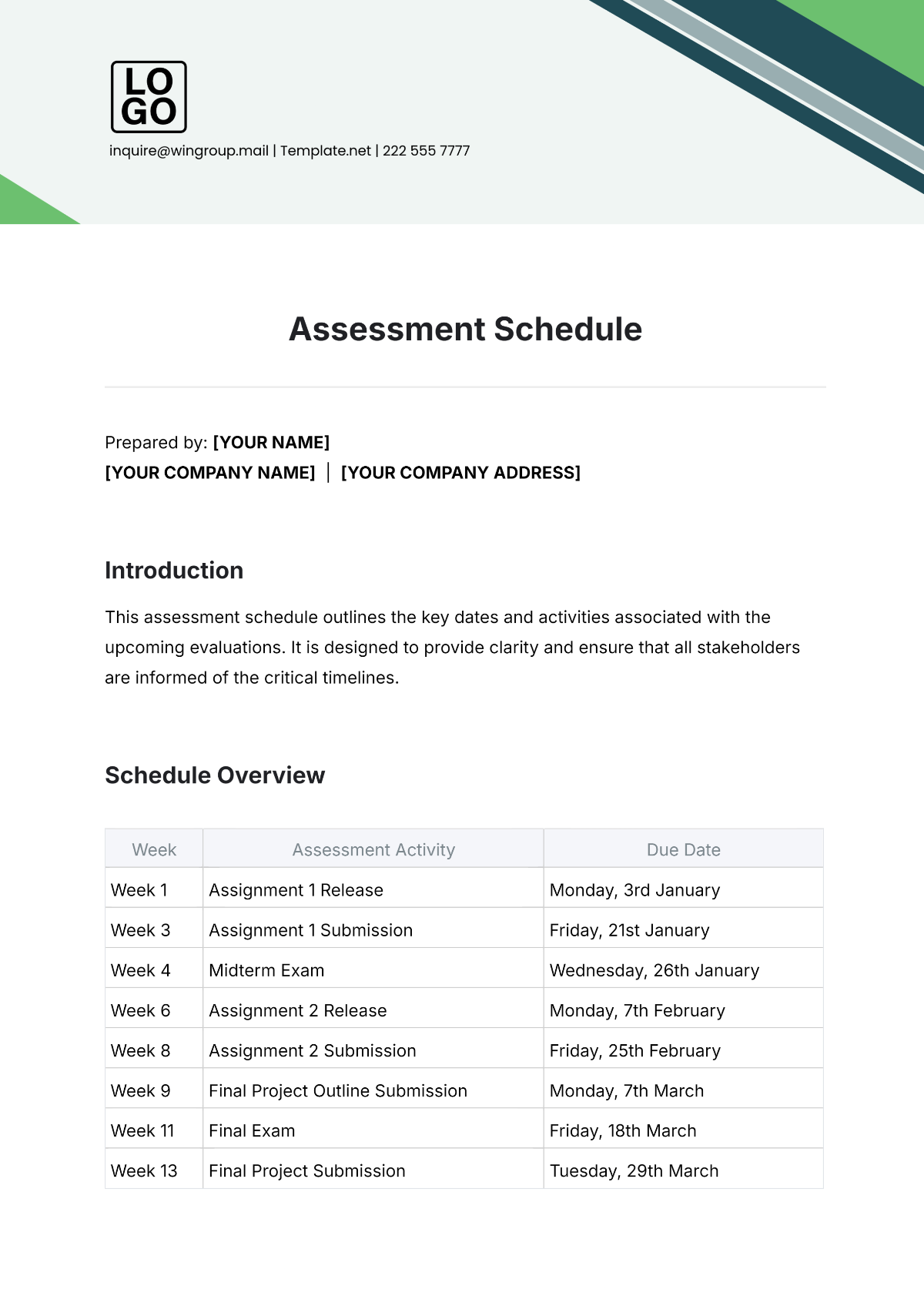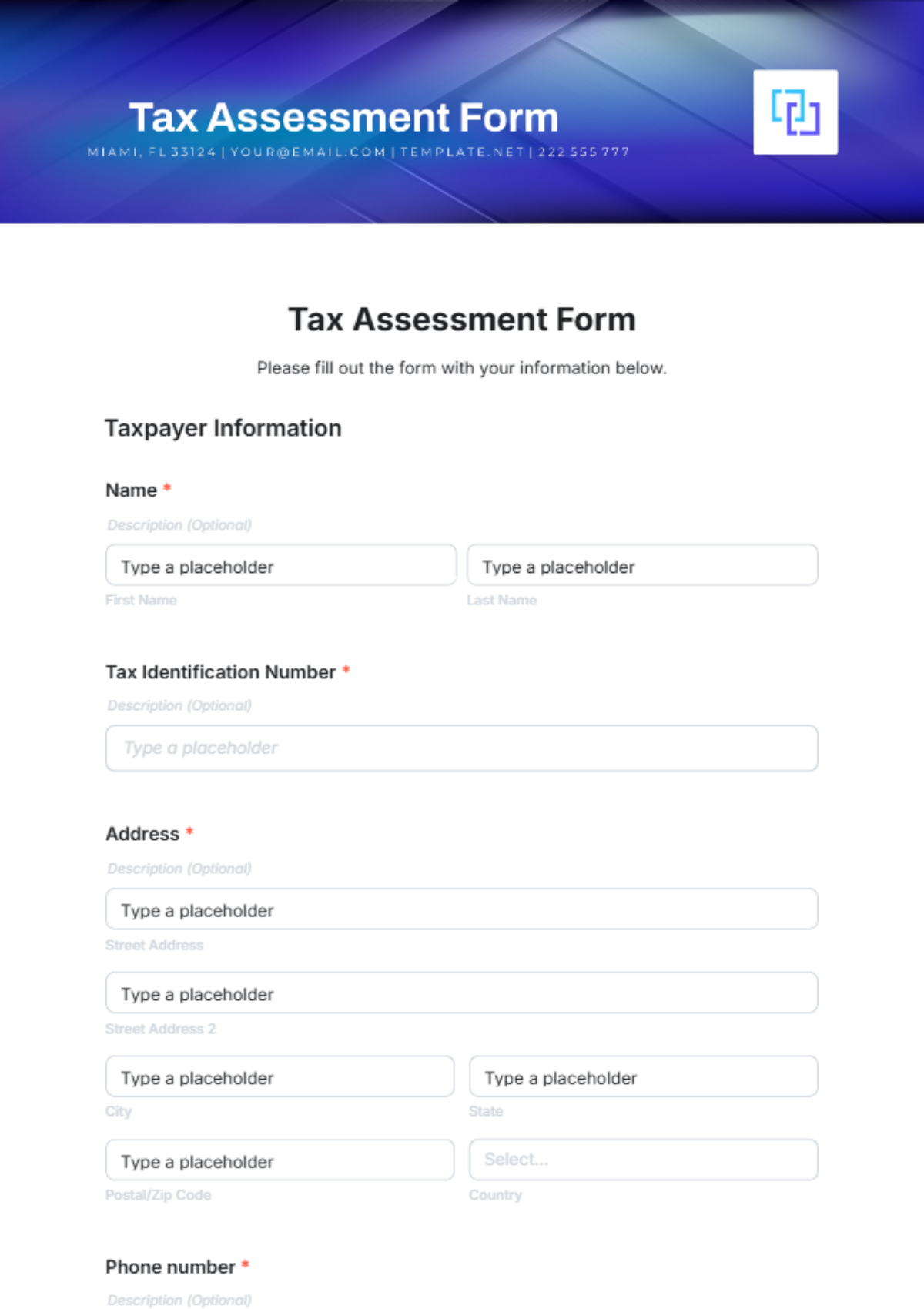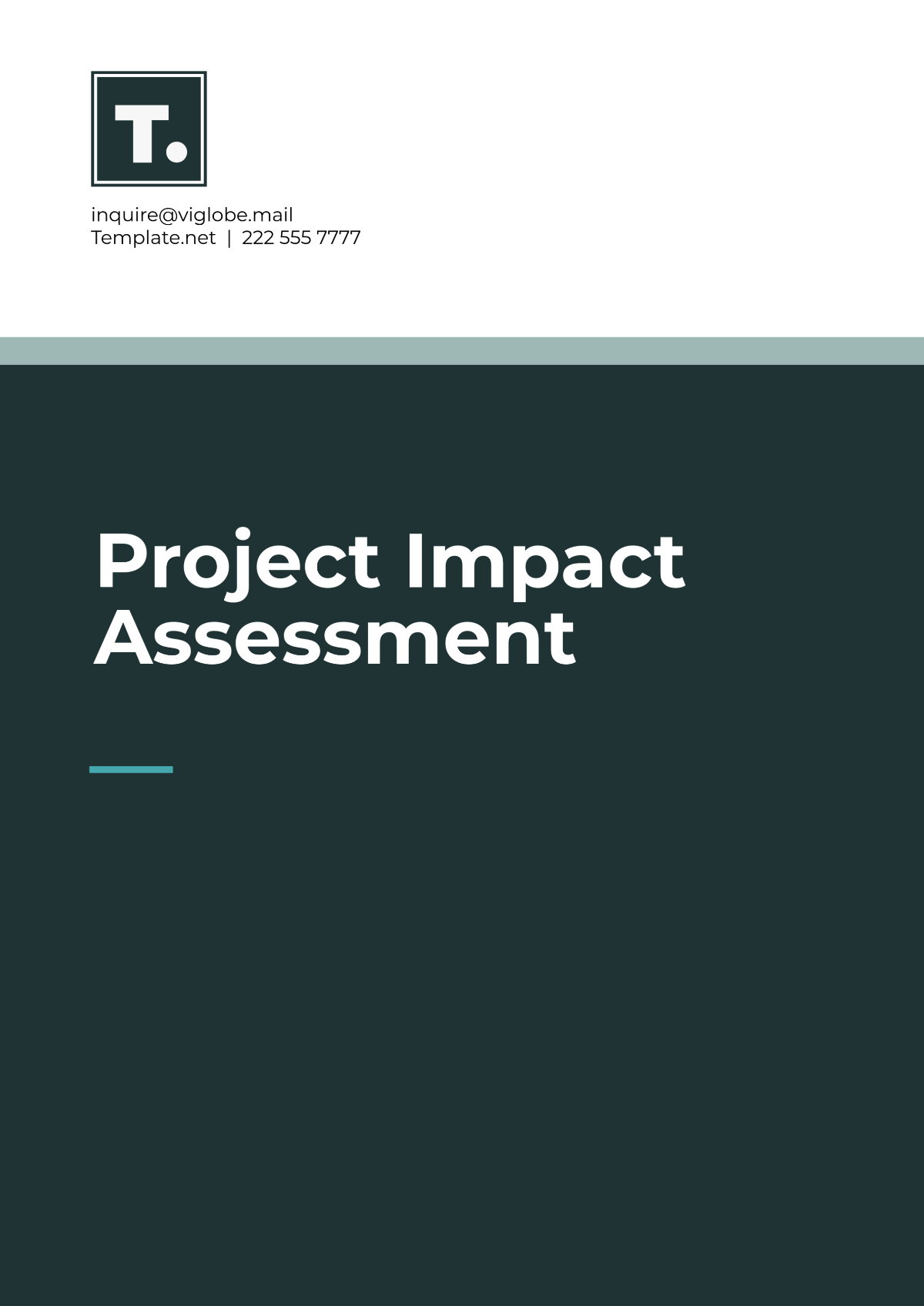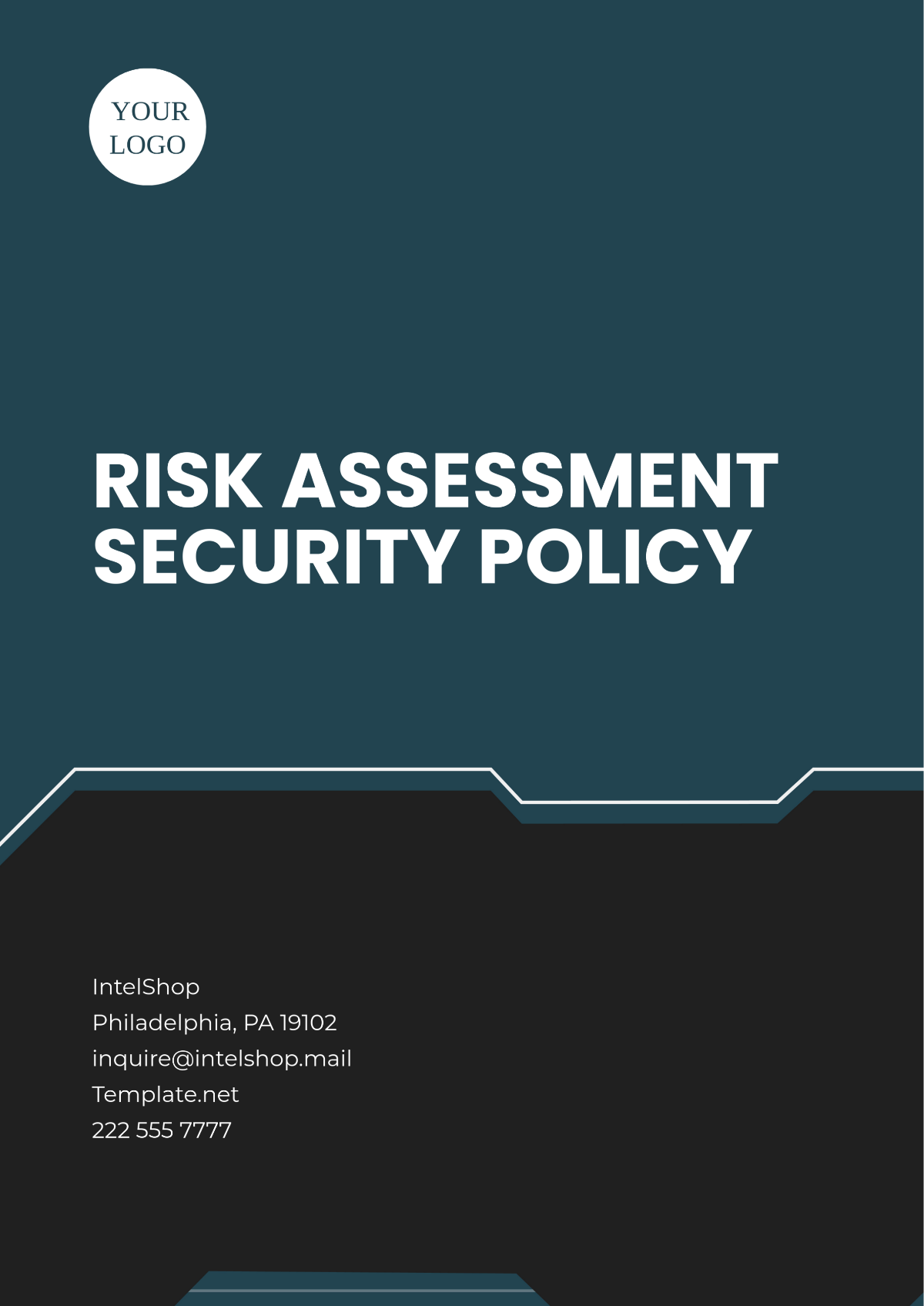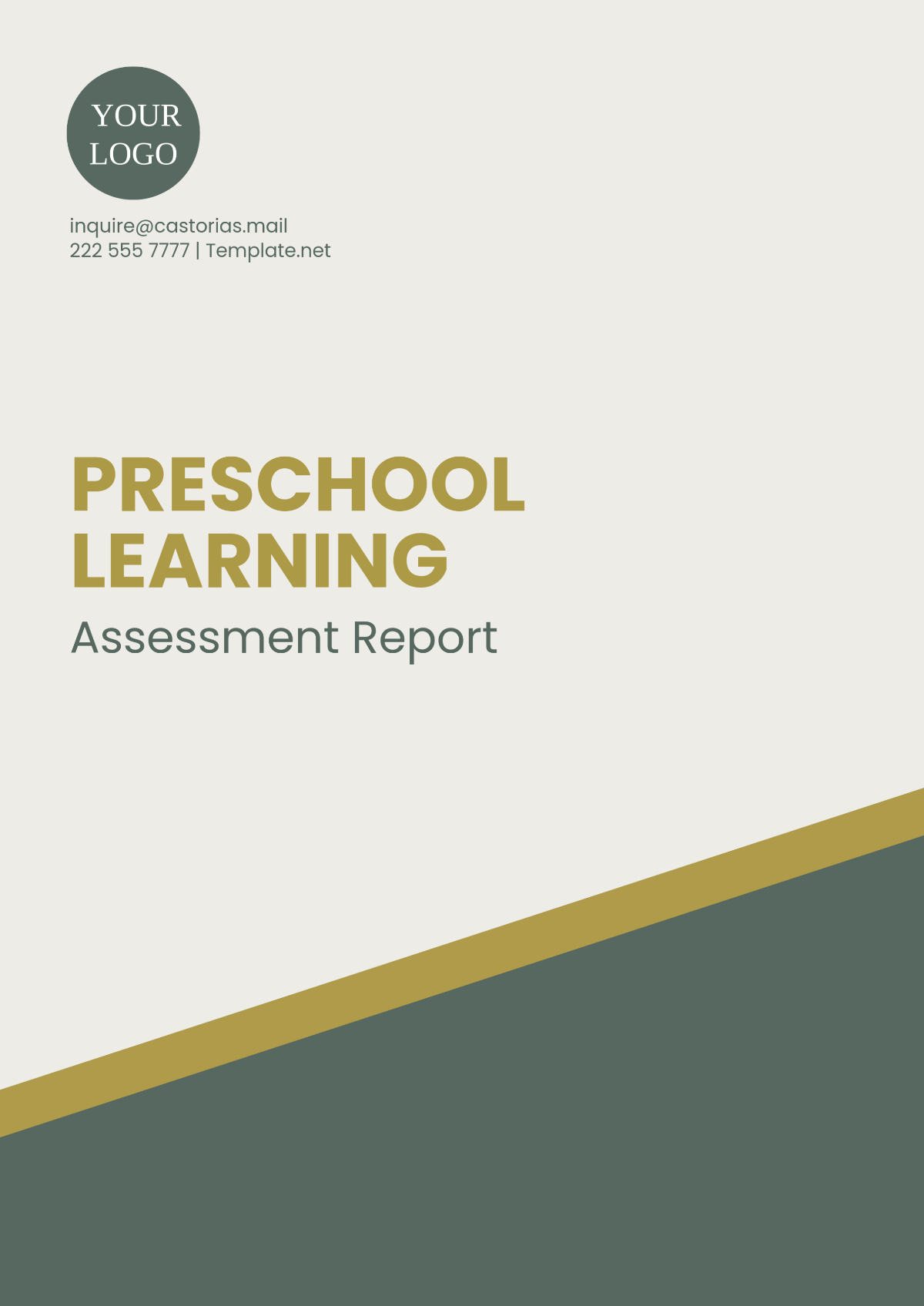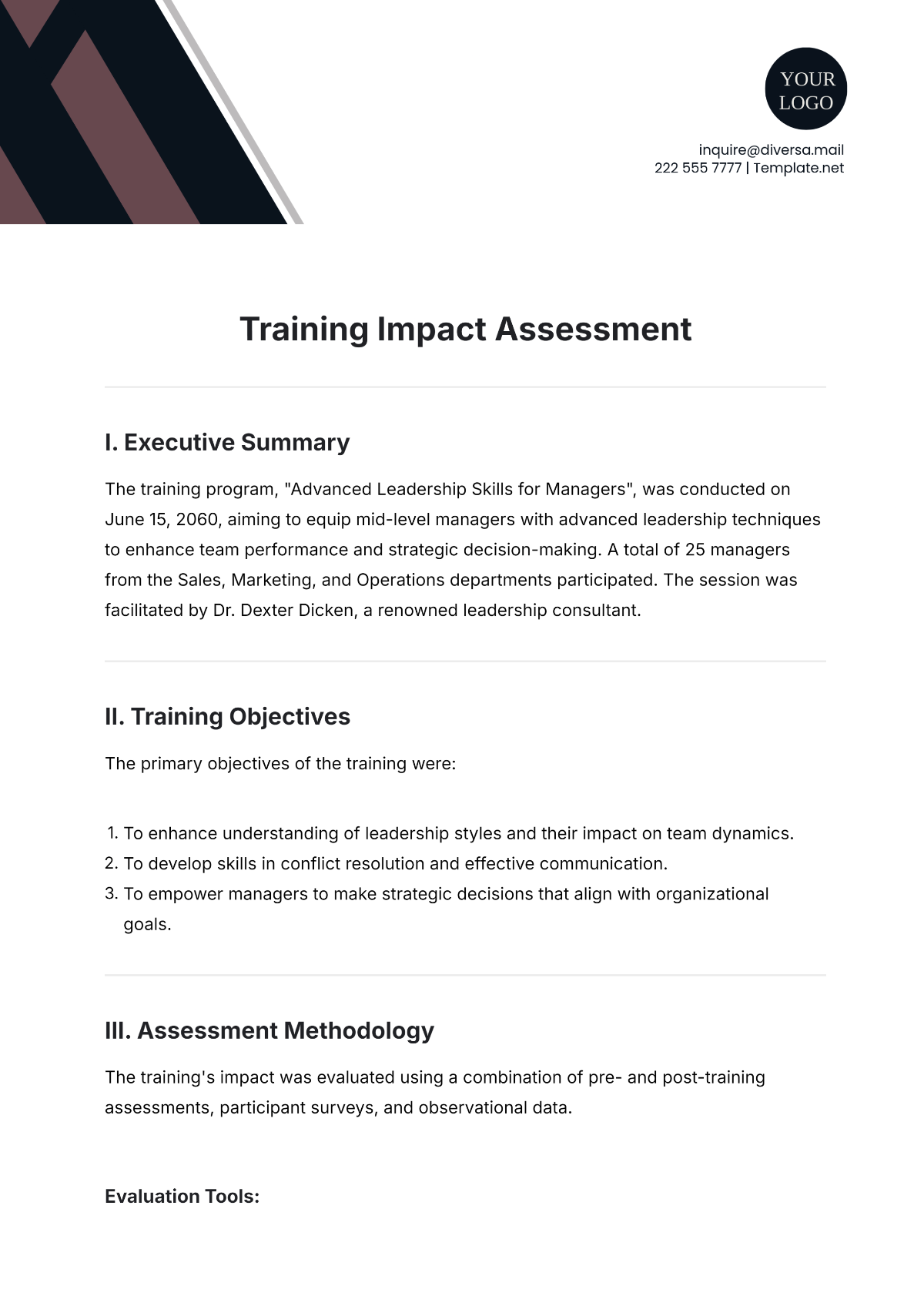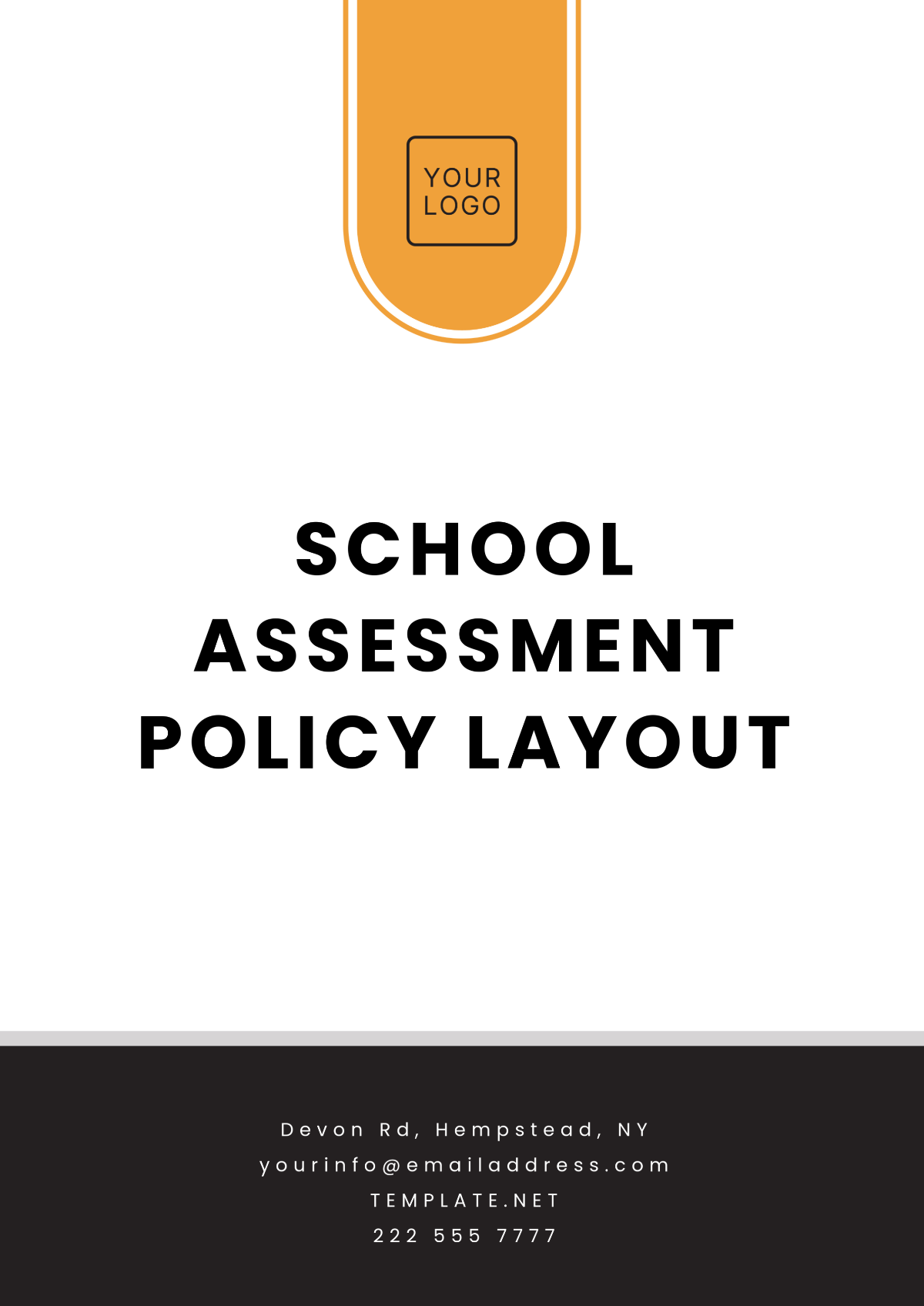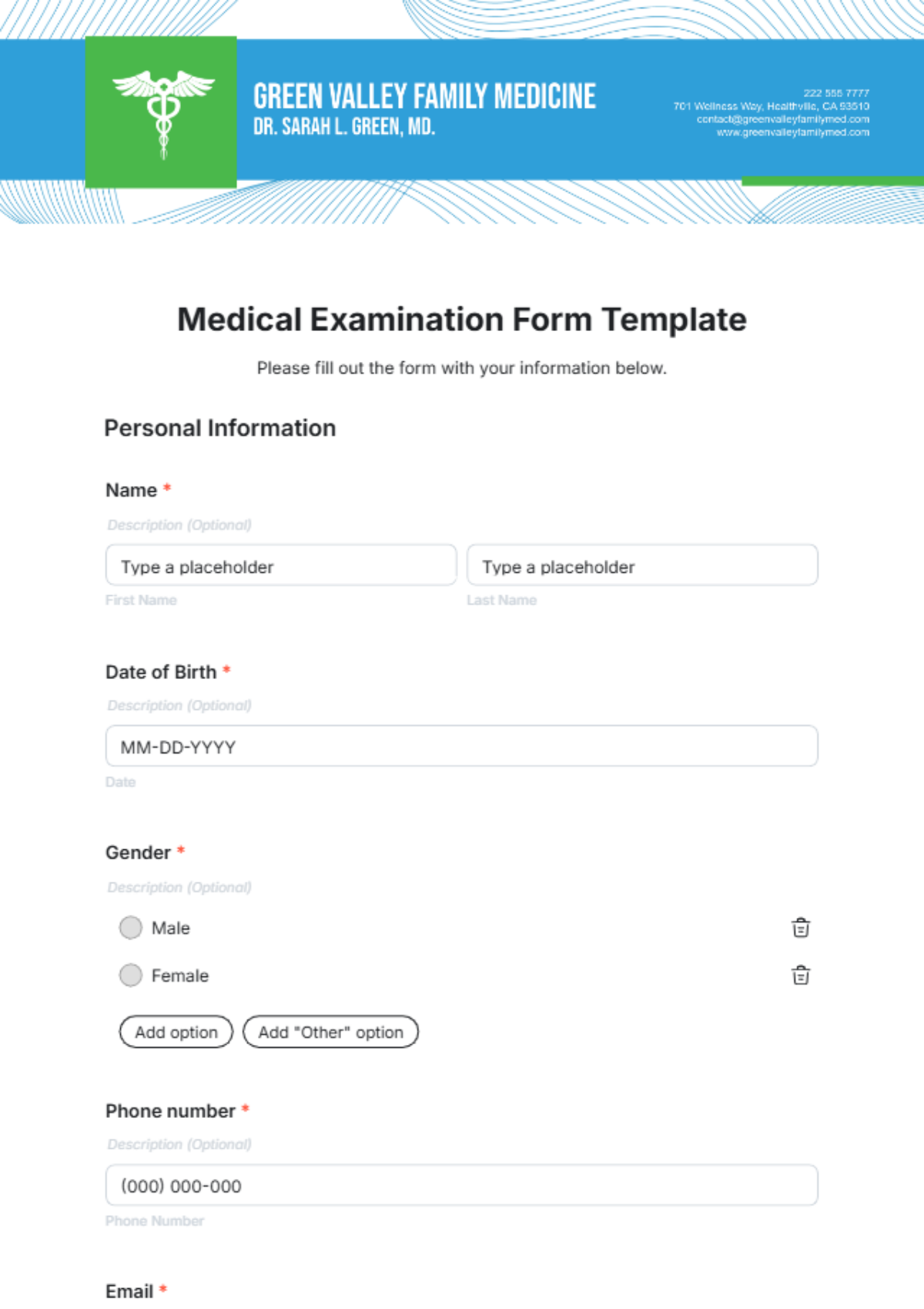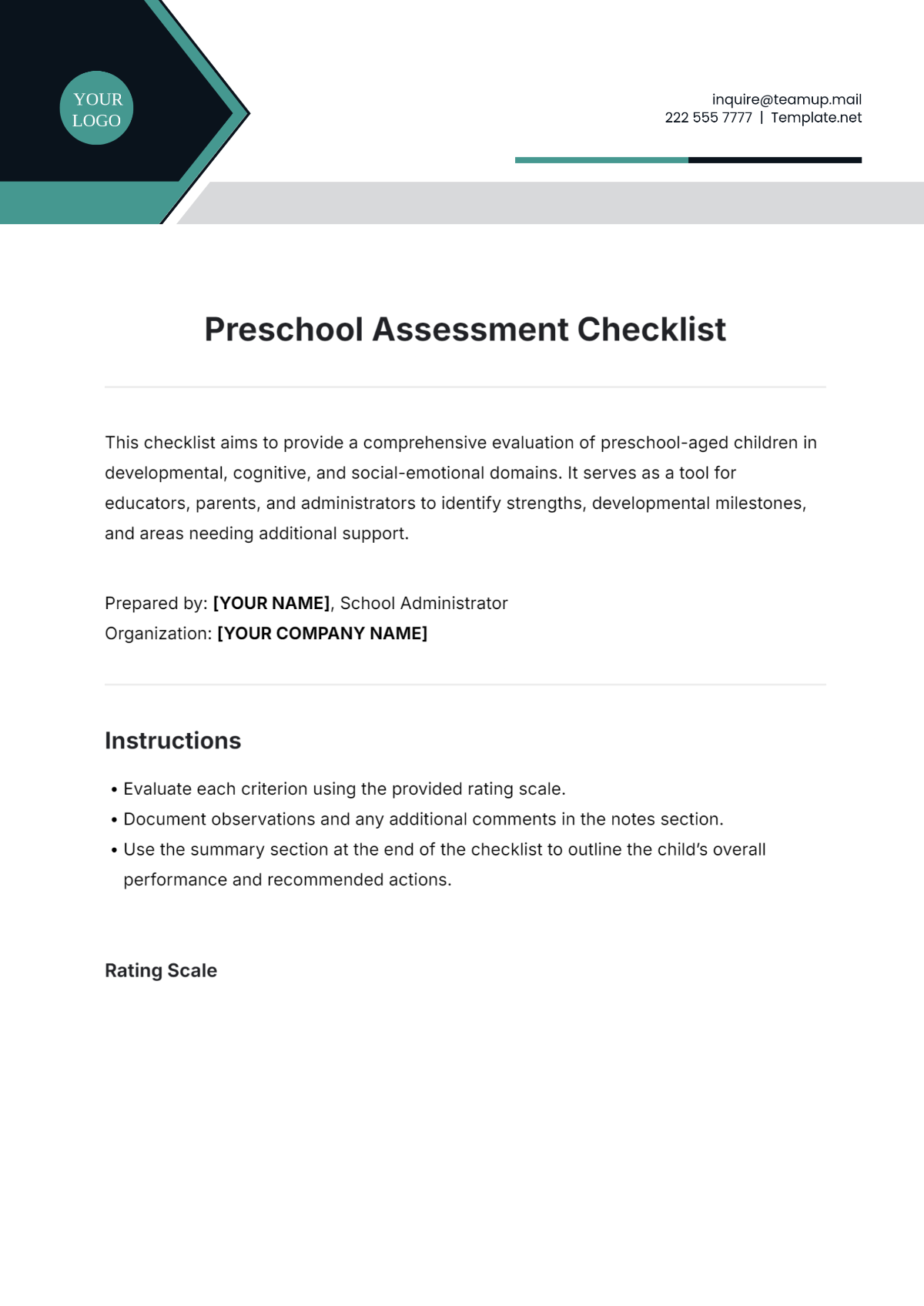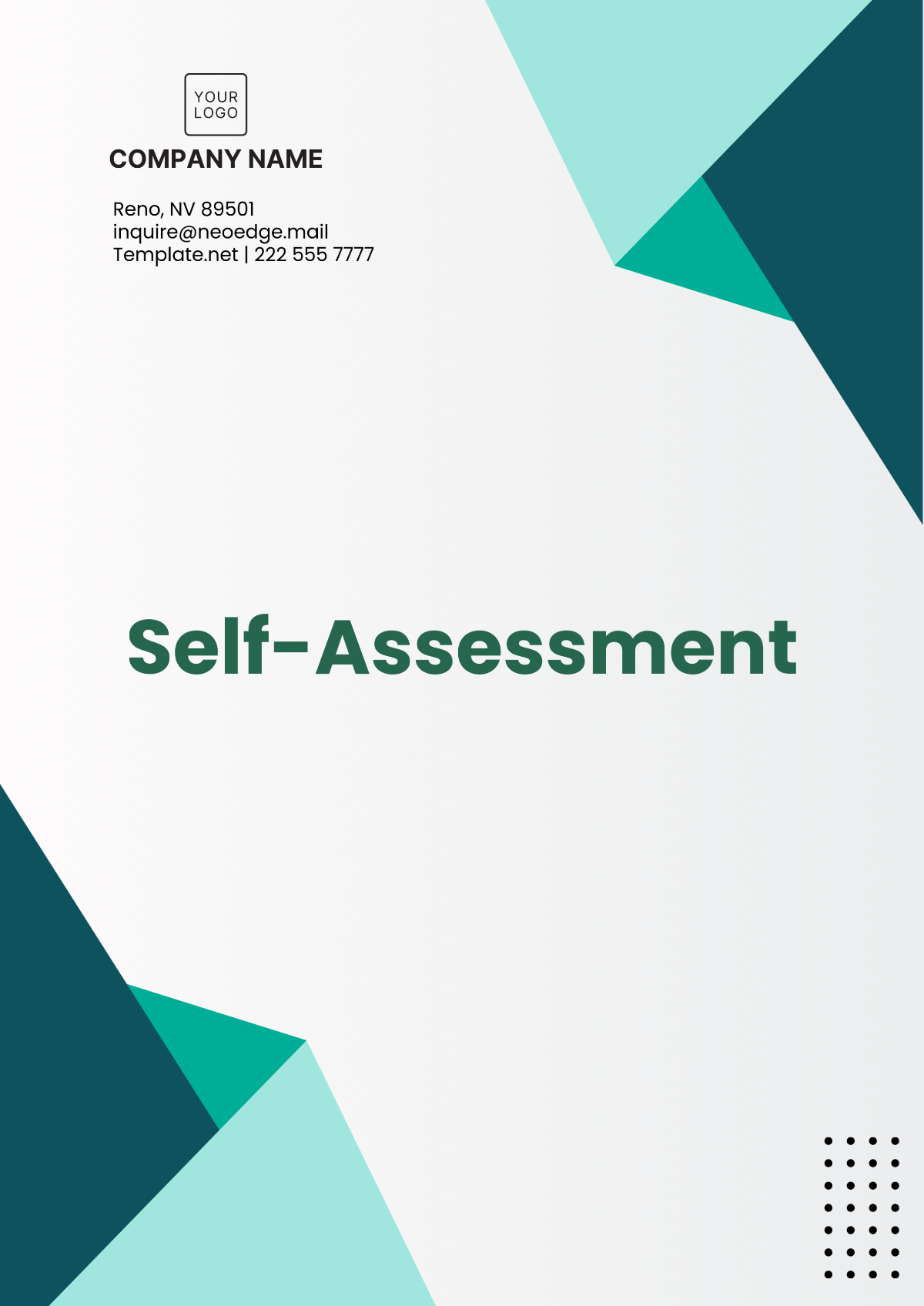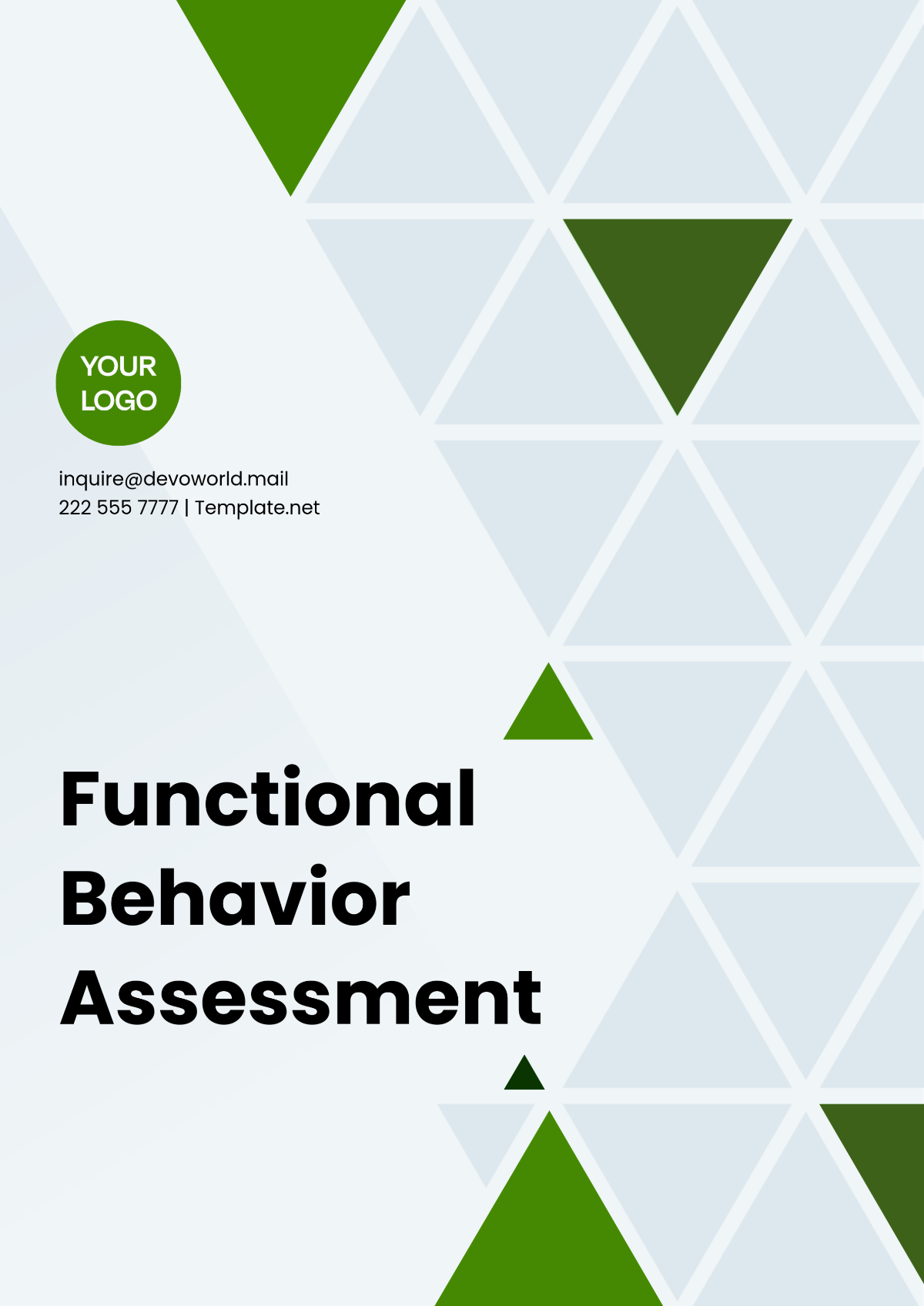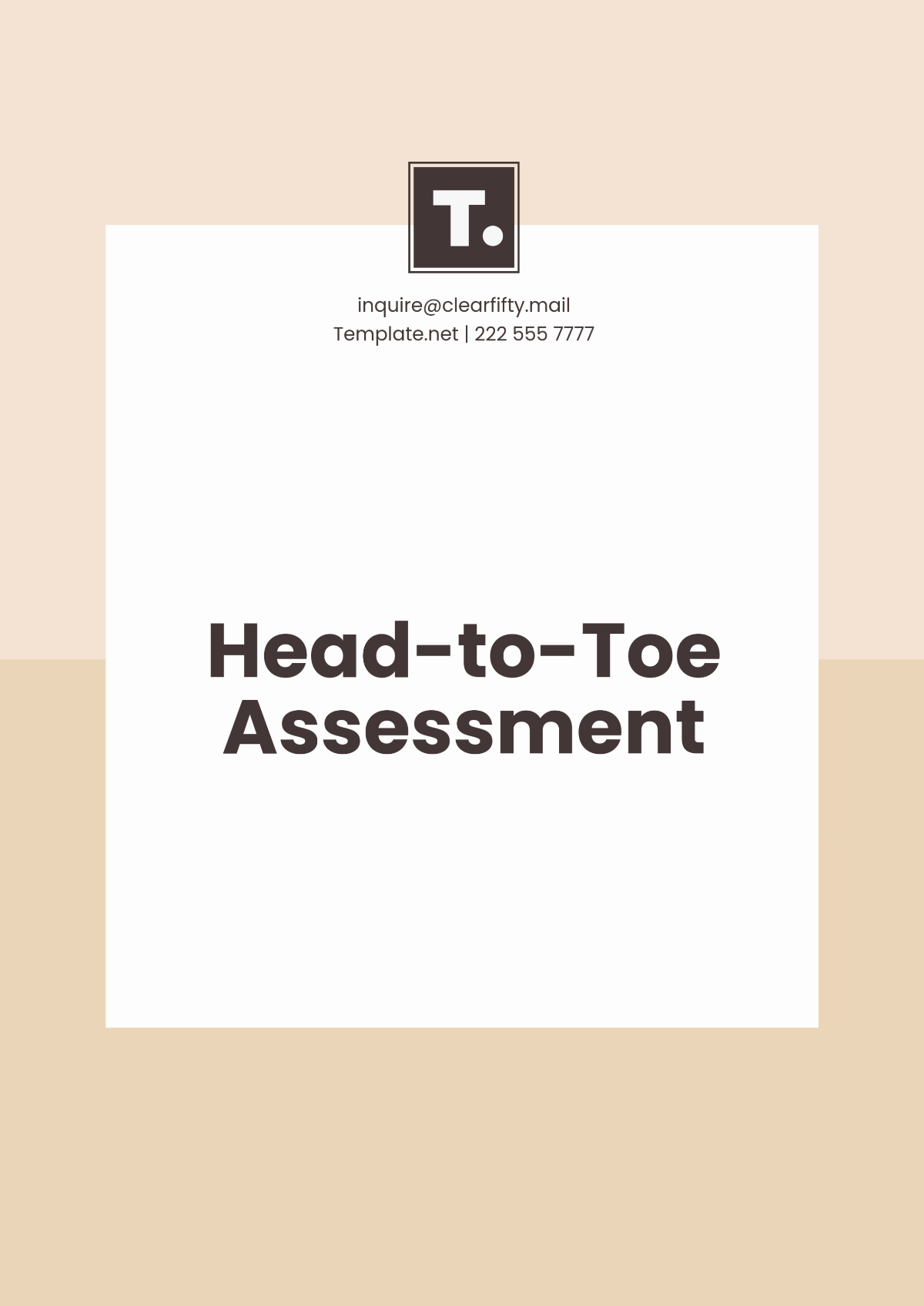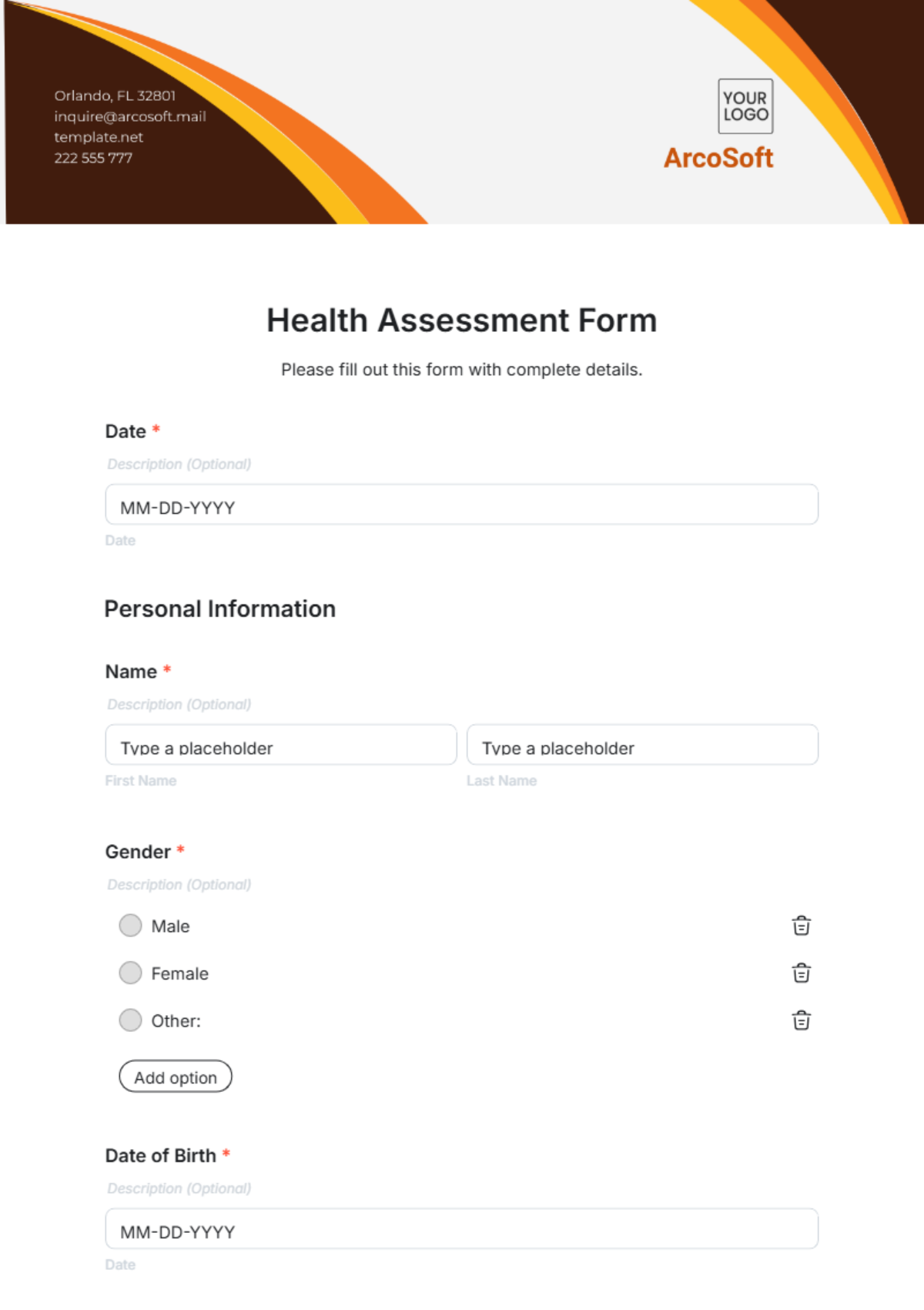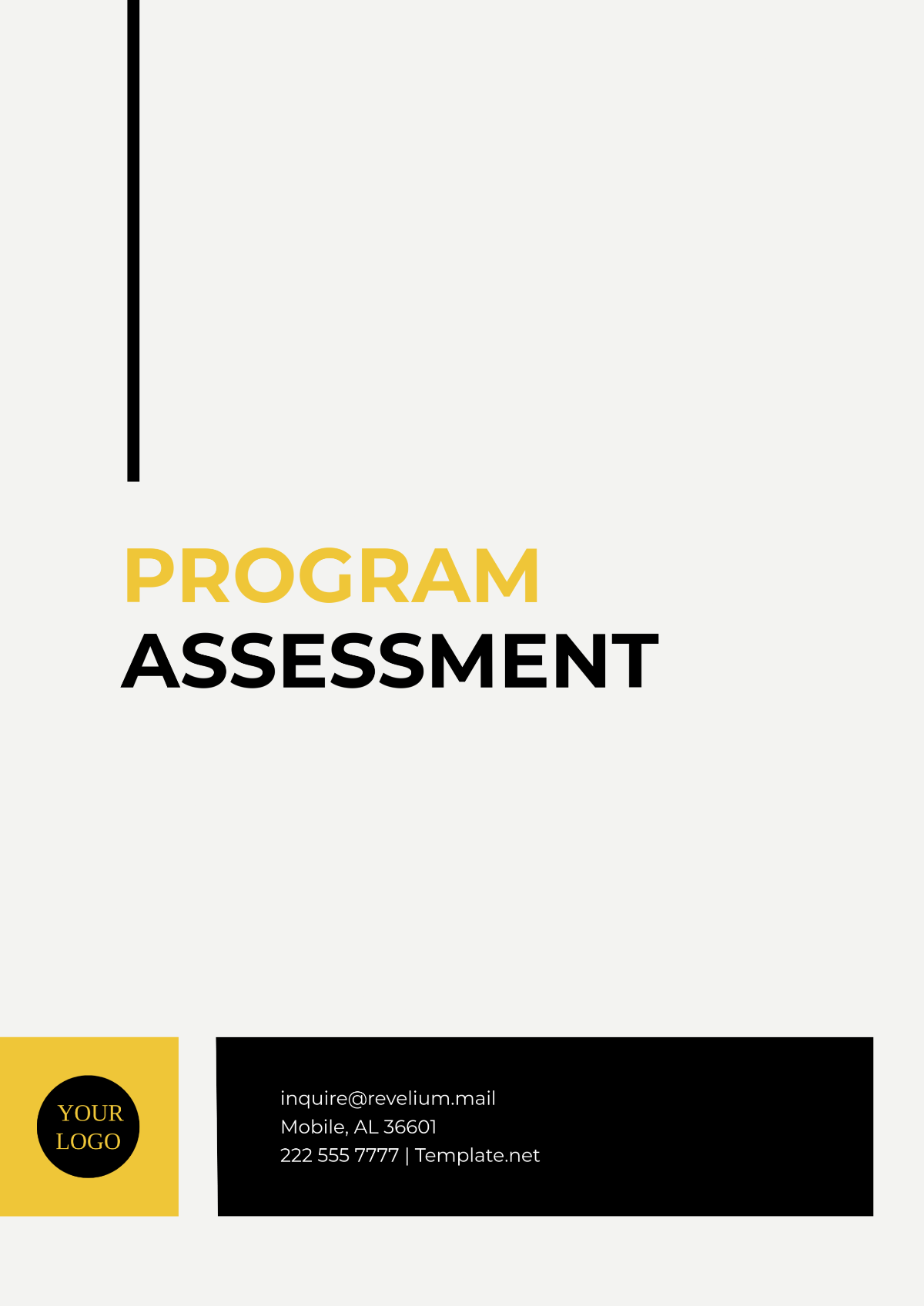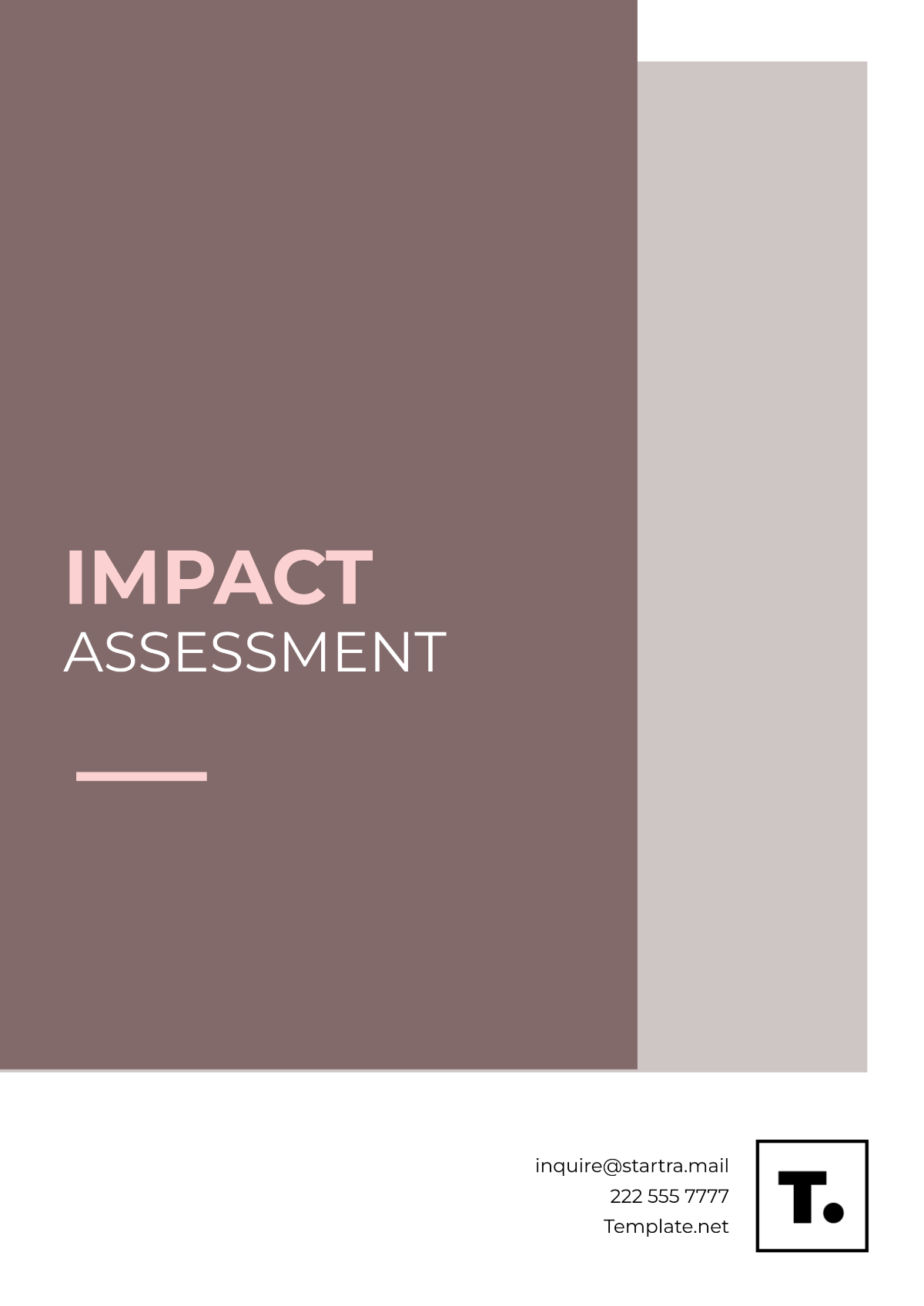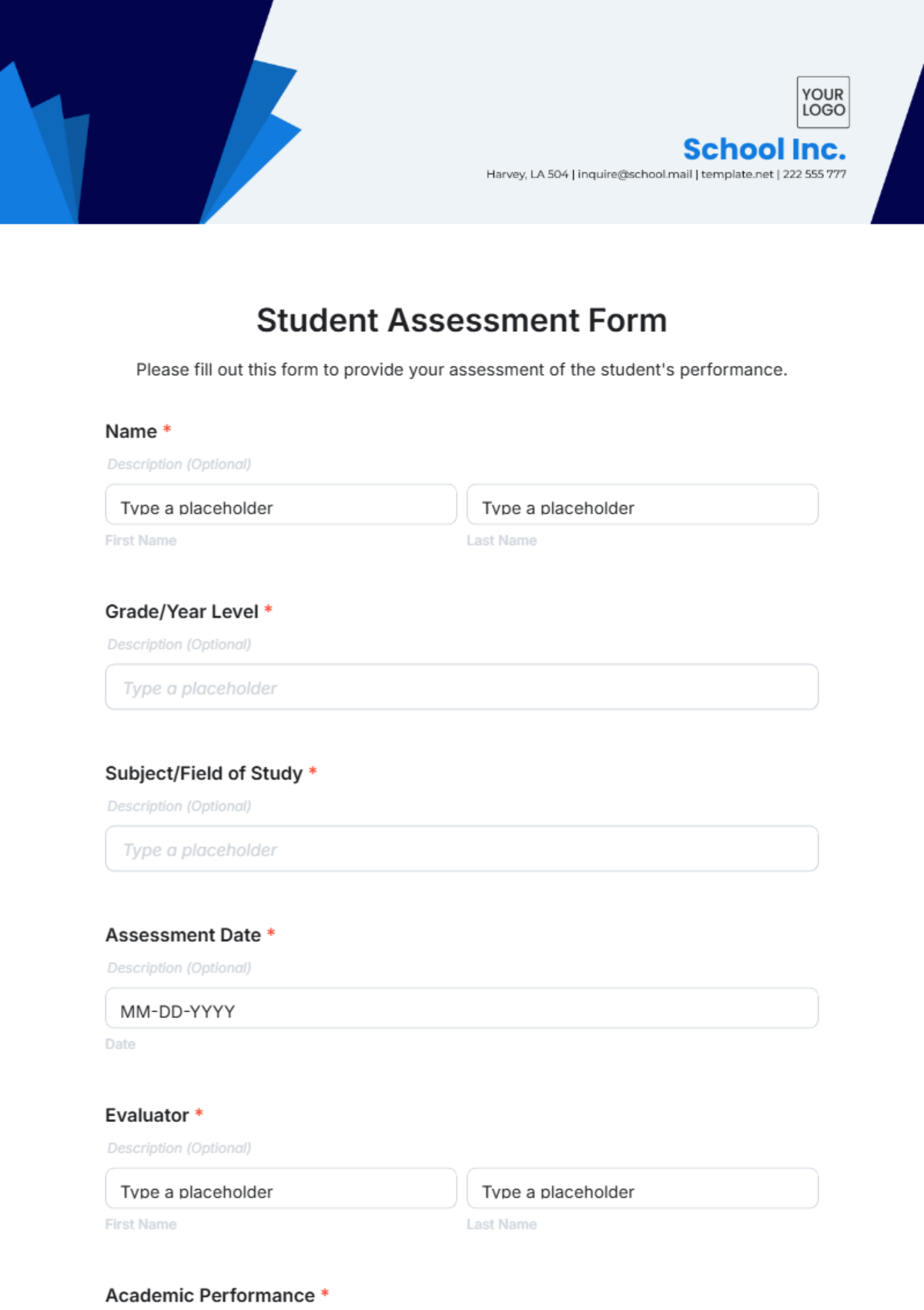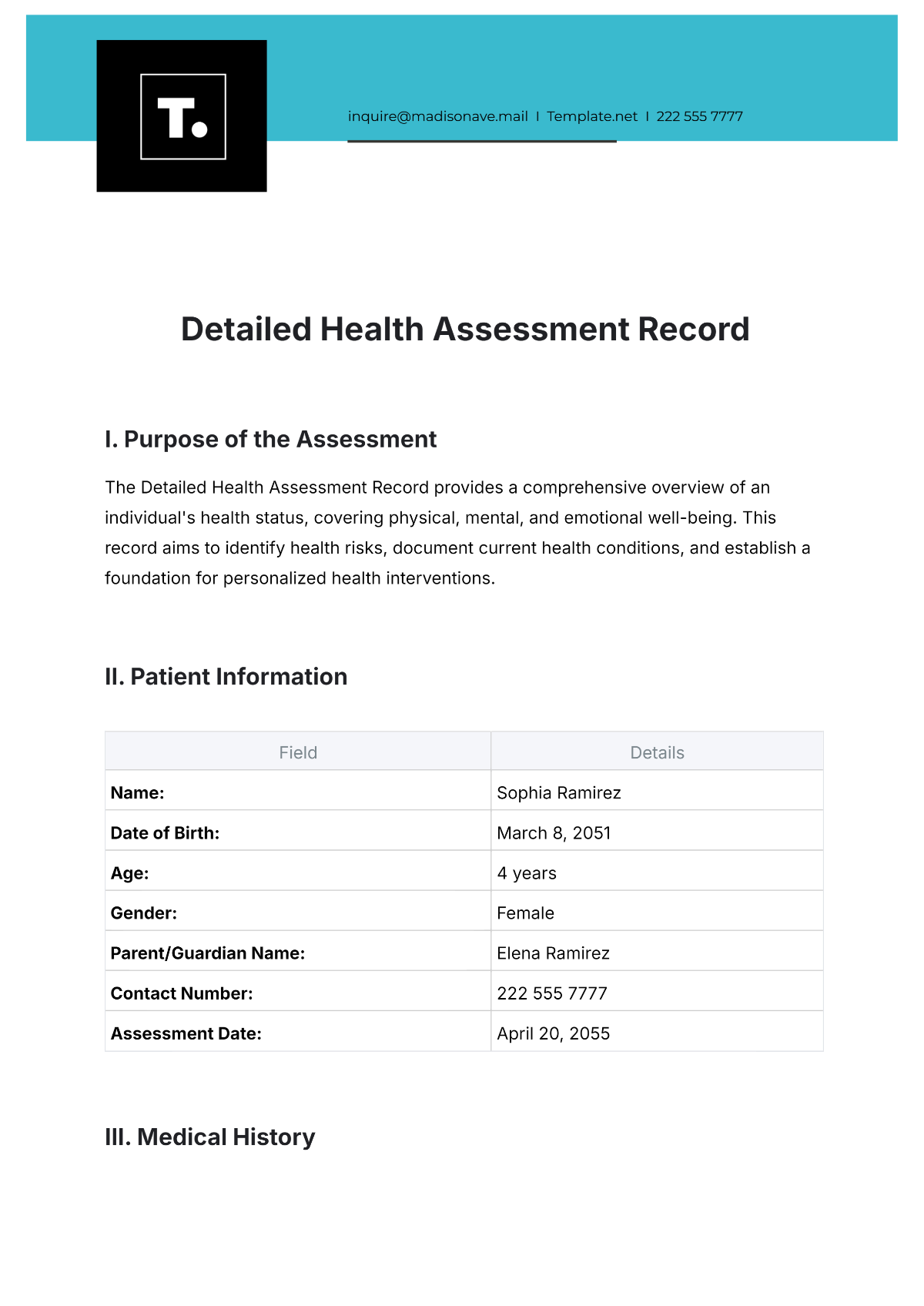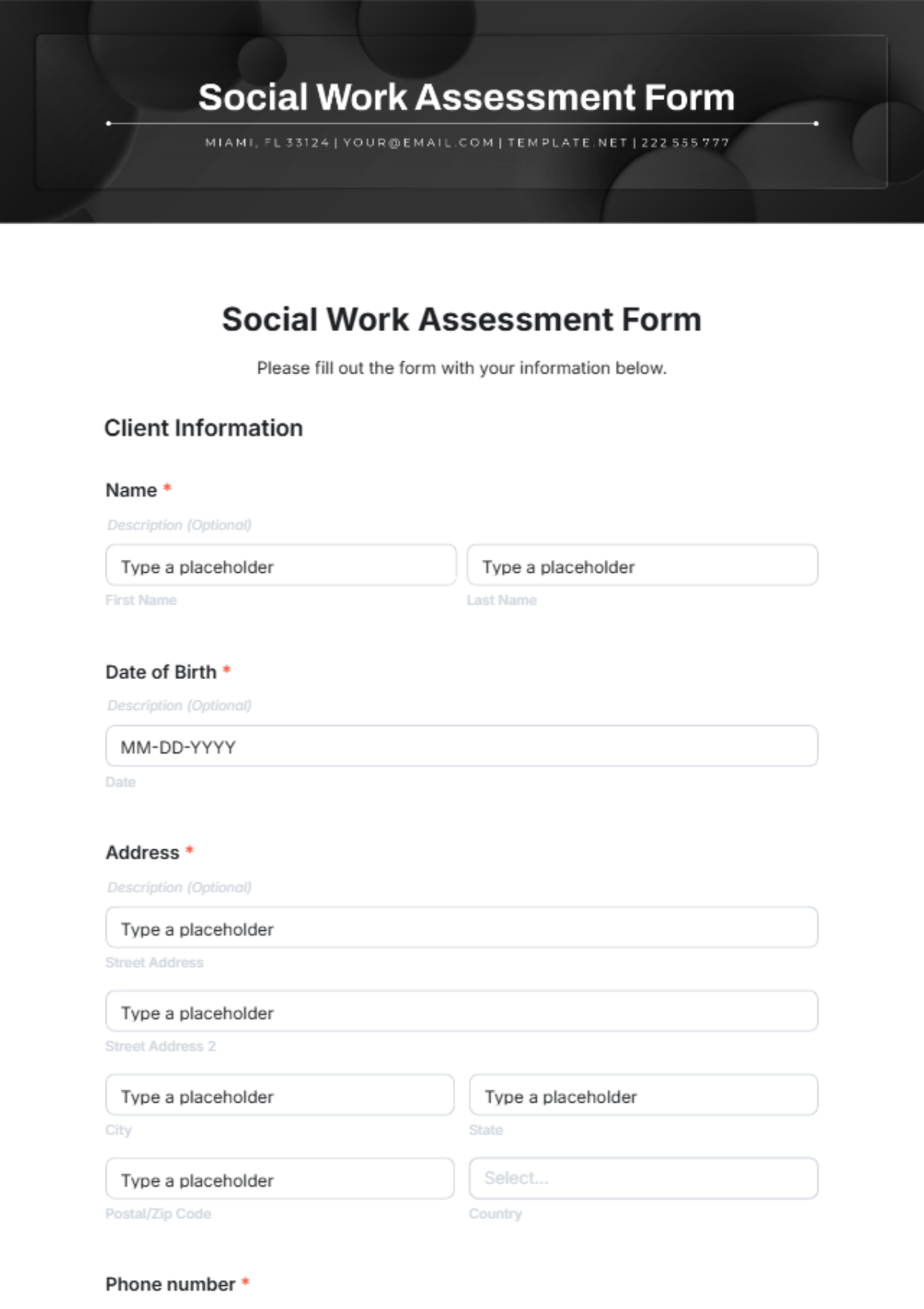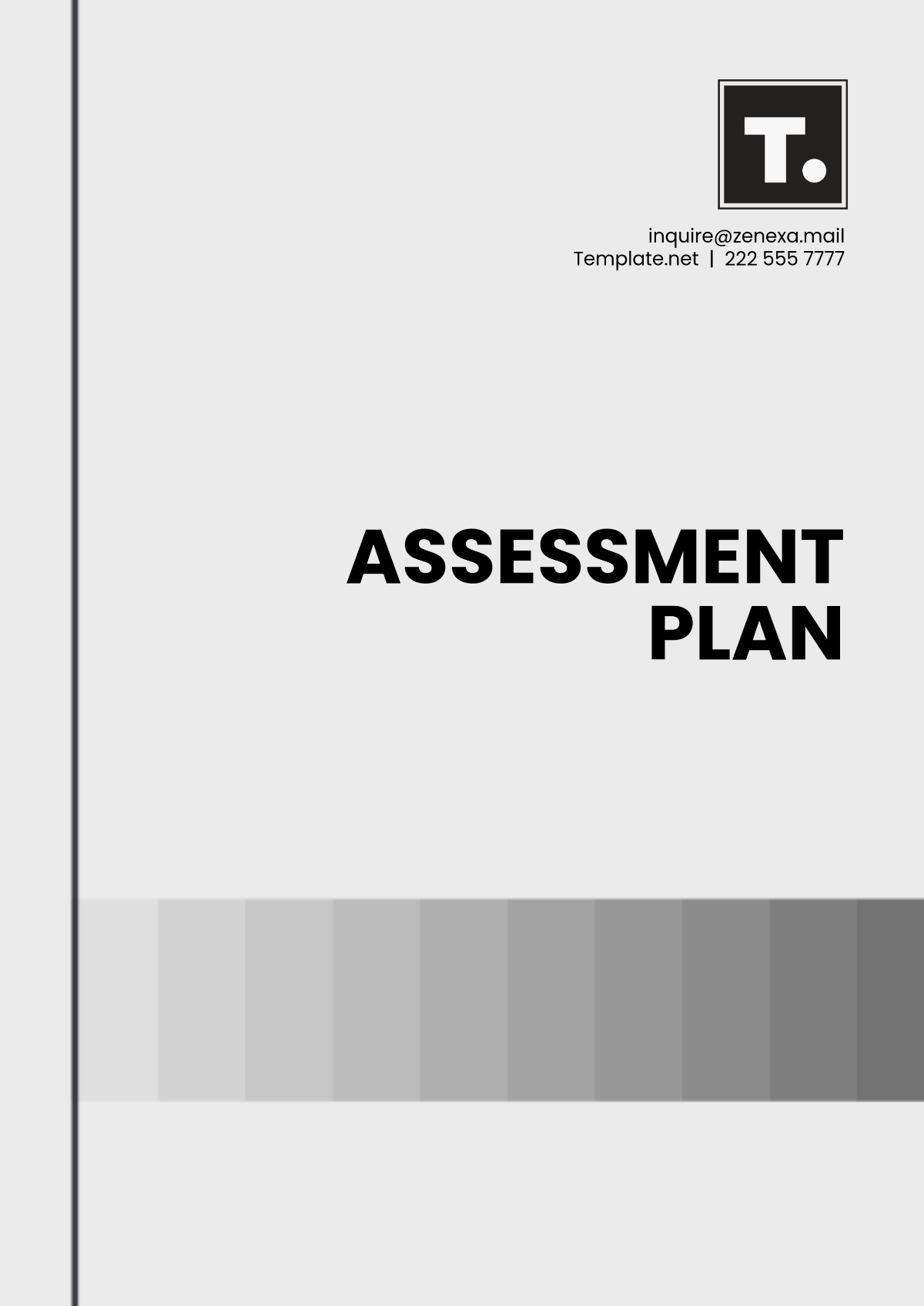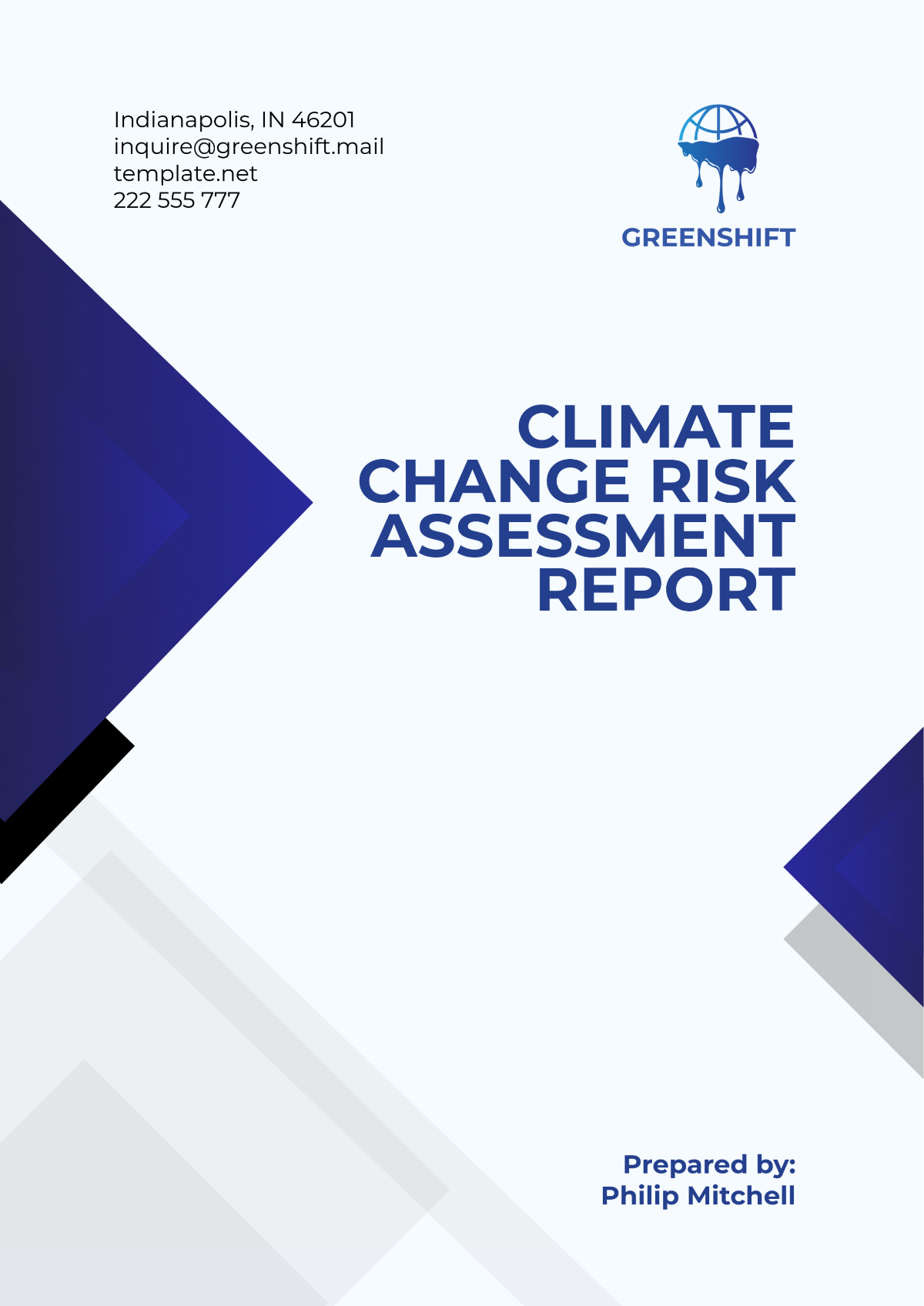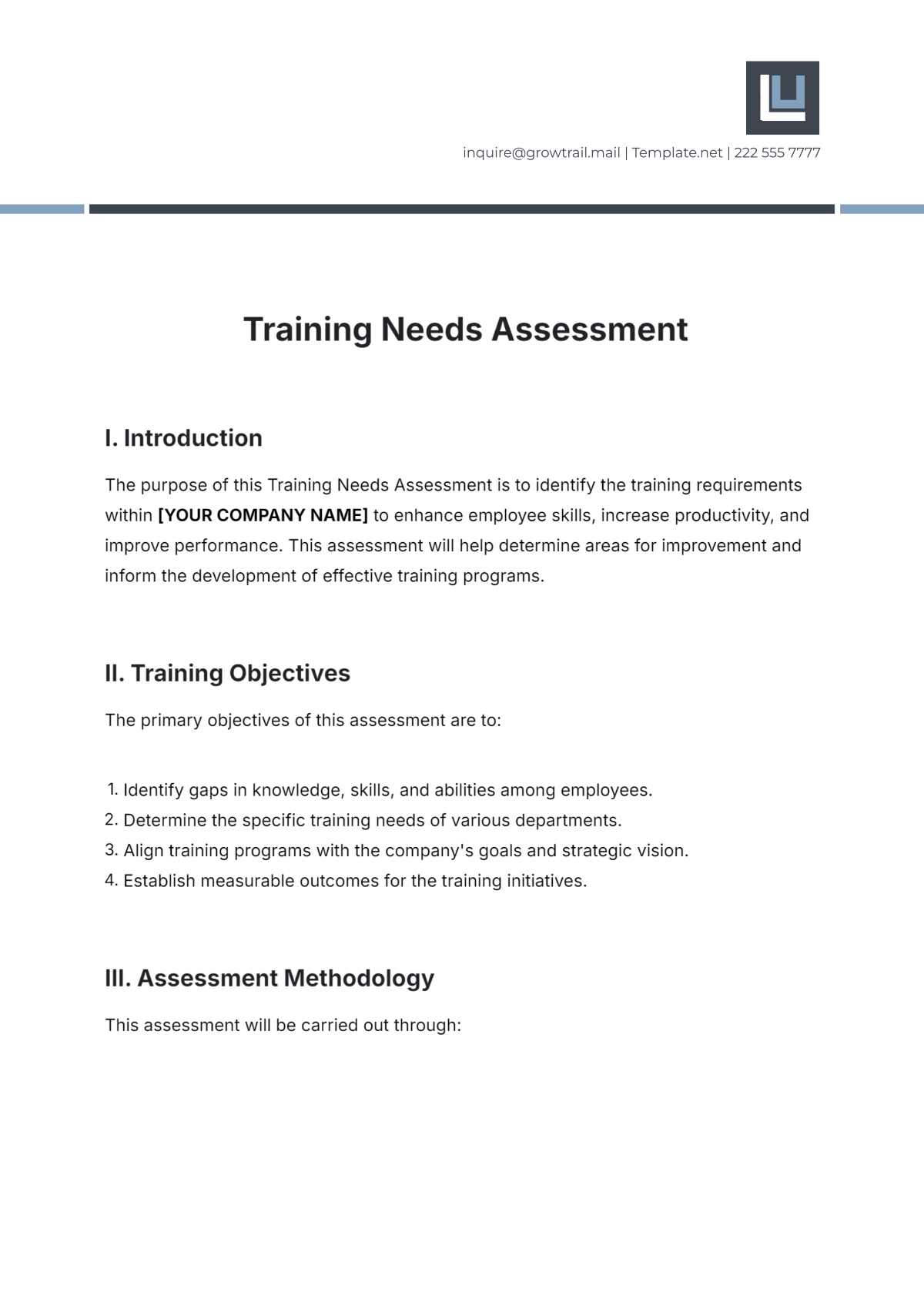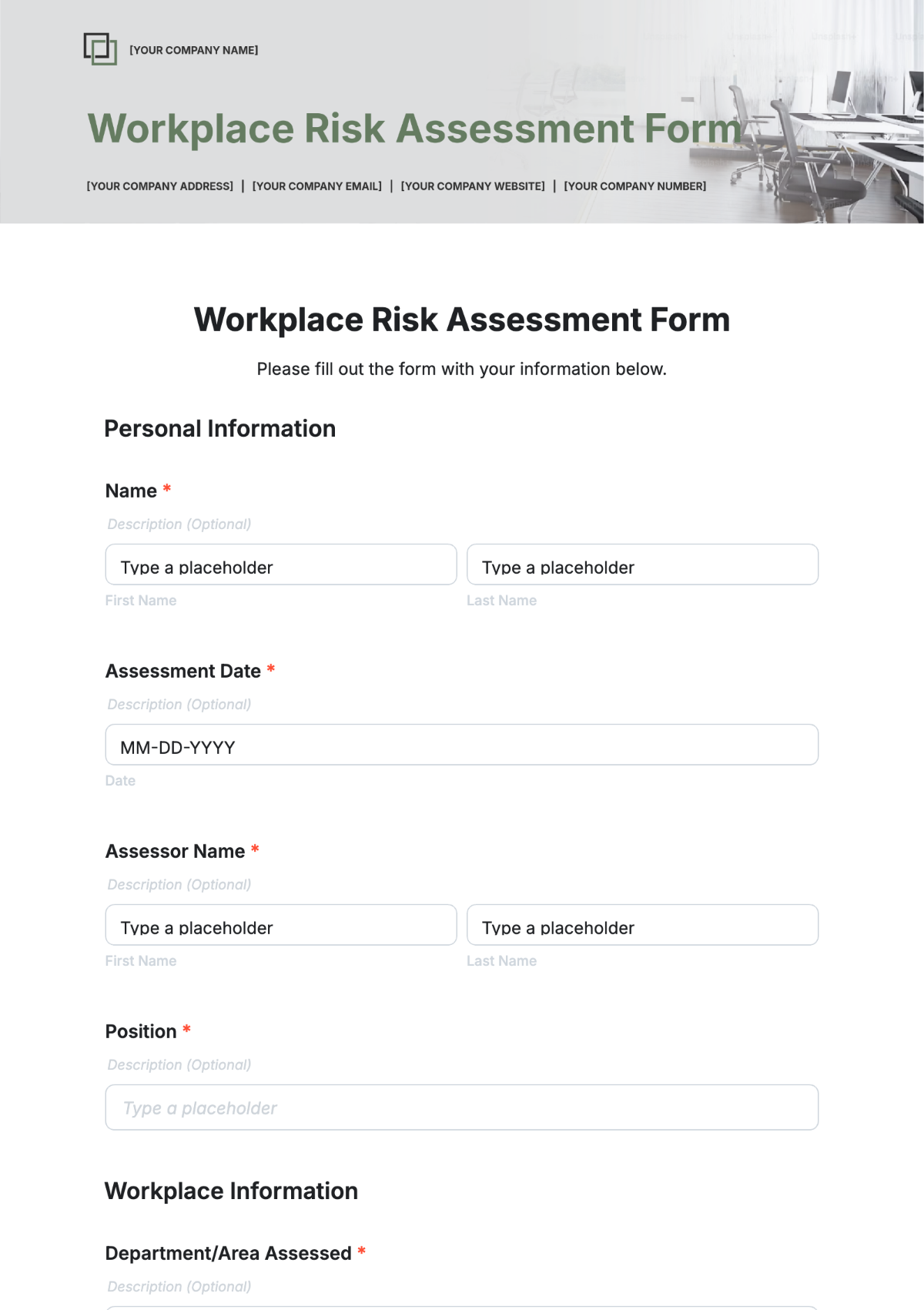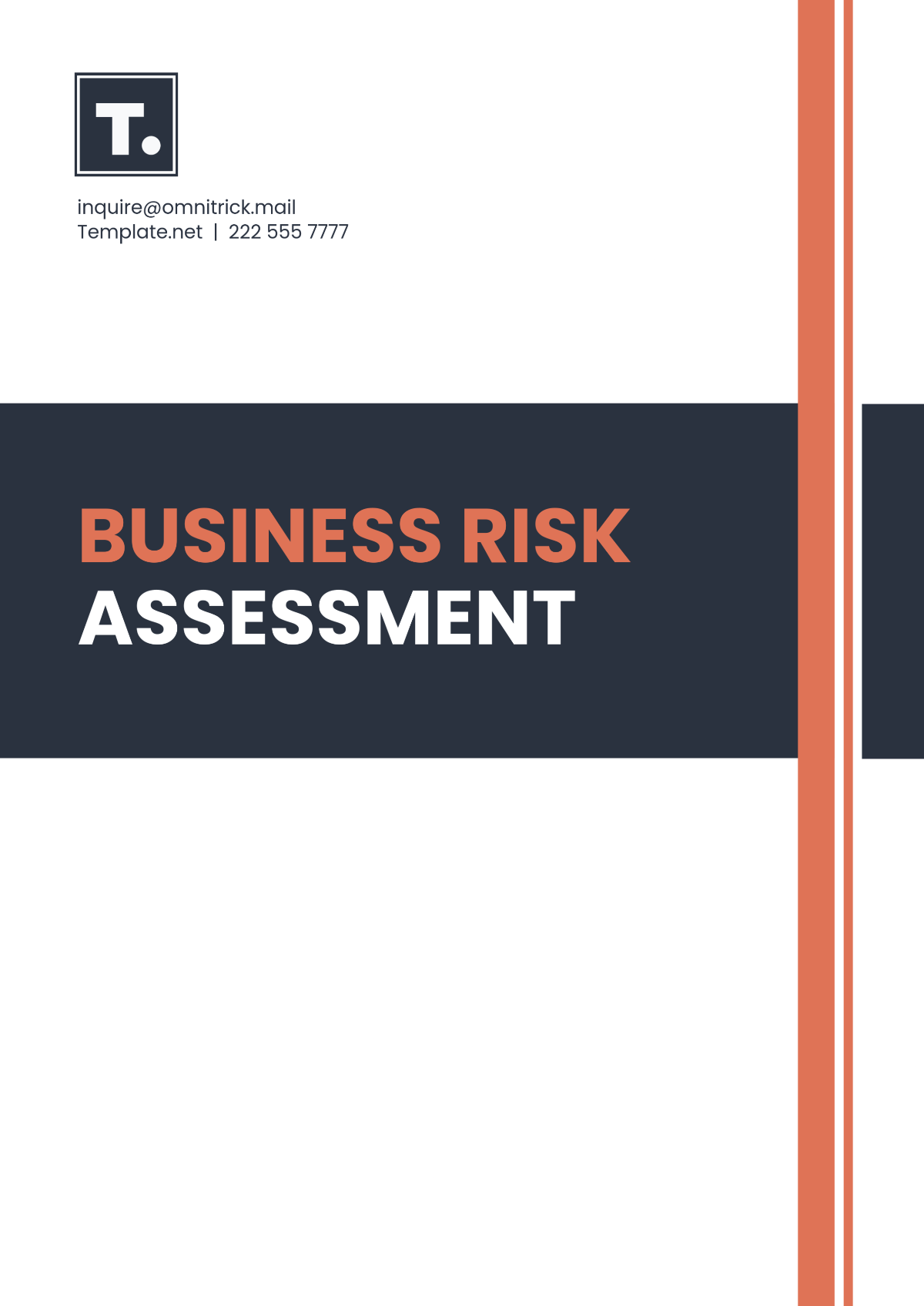Executive Summary For Security Assessment
Prepared by:
Name: [YOUR NAME] | Position: [YOUR POSITION] |
|---|---|
Company: [YOUR COMPANY NAME] | Date: [DATE] |
Introduction:
This executive summary presents the key findings of a comprehensive security assessment conducted for [FINANCIAL INSTITUTION NAME]. The assessment aimed to evaluate the institution's security posture, identify vulnerabilities, and recommend improvements to enhance its overall security resilience. The findings outlined in this summary provide valuable insights for security professionals and stakeholders to prioritize risk mitigation efforts and safeguard critical assets and information.
Scope of Assessment:
The security assessment encompassed various aspects of the institution's security infrastructure, including:
Physical Security: Assessment of access controls, surveillance systems, and perimeter security measures.
Information Security: Evaluation of network security controls, data encryption practices, and cybersecurity protocols.
Personnel Security: Review of employee training programs, background checks, and access management procedures.
Incident Response Preparedness: Assessment of incident response plans, procedures, and readiness to handle security incidents and breaches.
Key Findings:
Weaknesses in Access Controls: The assessment revealed deficiencies in access controls, including outdated authentication mechanisms and inadequate access restrictions, increasing the risk of unauthorized access to sensitive areas and data.
Insufficient Network Security Measures: The institution lacks robust network security measures, with vulnerabilities identified in firewall configurations, intrusion detection systems, and patch management processes, posing significant risks of data breaches and network intrusions.
Limited Incident Response Preparedness: While the institution has incident response plans in place, they lack comprehensive testing and validation, hindering the effectiveness of response efforts in the event of security incidents.
Inadequate Physical Security Controls: Physical security controls, such as surveillance systems and access barriers, were found to be outdated and ineffective, making the institution vulnerable to physical threats and unauthorized access.
Insider Threat Risks: The assessment highlighted the potential insider threat risks due to insufficient employee training, lax access management practices, and inadequate monitoring of privileged user activities.
Recommended Improvements:
Based on the findings of the security assessment, the following recommendations are proposed to strengthen the institution's security posture:
Enhance Access Controls: Implement multi-factor authentication, role-based access controls, and regular access reviews to improve access controls and prevent unauthorized access.
Upgrade Network Security Infrastructure: Invest in advanced firewall technologies, intrusion prevention systems, and regular security updates to fortify network defenses and mitigate cyber threats.
Enhance Incident Response Preparedness: Conduct regular tabletop exercises, simulate security incidents, and update incident response plans to ensure readiness and effectiveness in responding to security incidents.
Upgrade Physical Security Measures: Upgrade surveillance systems, install access control mechanisms, and implement security patrols to enhance physical security controls and deter unauthorized access.
Strengthen Insider Threat Mitigation: Provide comprehensive training on security policies and procedures, enforce least privilege principles, and implement user activity monitoring tools to mitigate insider threat risks.
Impact Analysis:
The identified vulnerabilities and recommended improvements have the potential to significantly impact the security posture and resilience of [FINANCIAL INSTITUTION NAME]. By addressing these vulnerabilities and implementing the recommended improvements, the institution can mitigate security risks, protect sensitive information, and maintain trust and confidence among customers and stakeholders.
Conclusion:
In conclusion, the security assessment findings underscore the importance of proactive security measures and continuous improvement efforts to safeguard [FINANCIAL INSTITUTION NAME] against evolving security threats and vulnerabilities. By implementing the recommended improvements and prioritizing risk mitigation strategies, the institution can enhance its security resilience and protect its assets, reputation, and stakeholders' trust.
